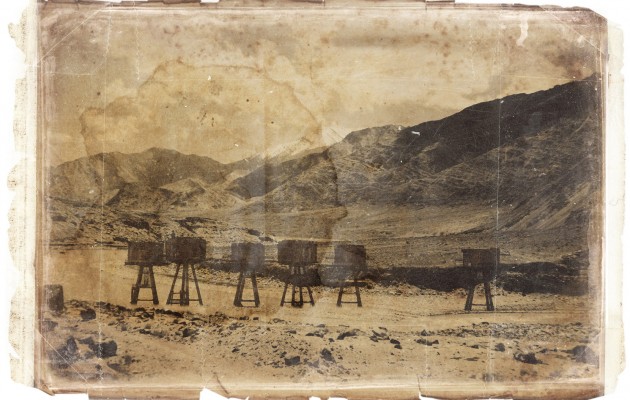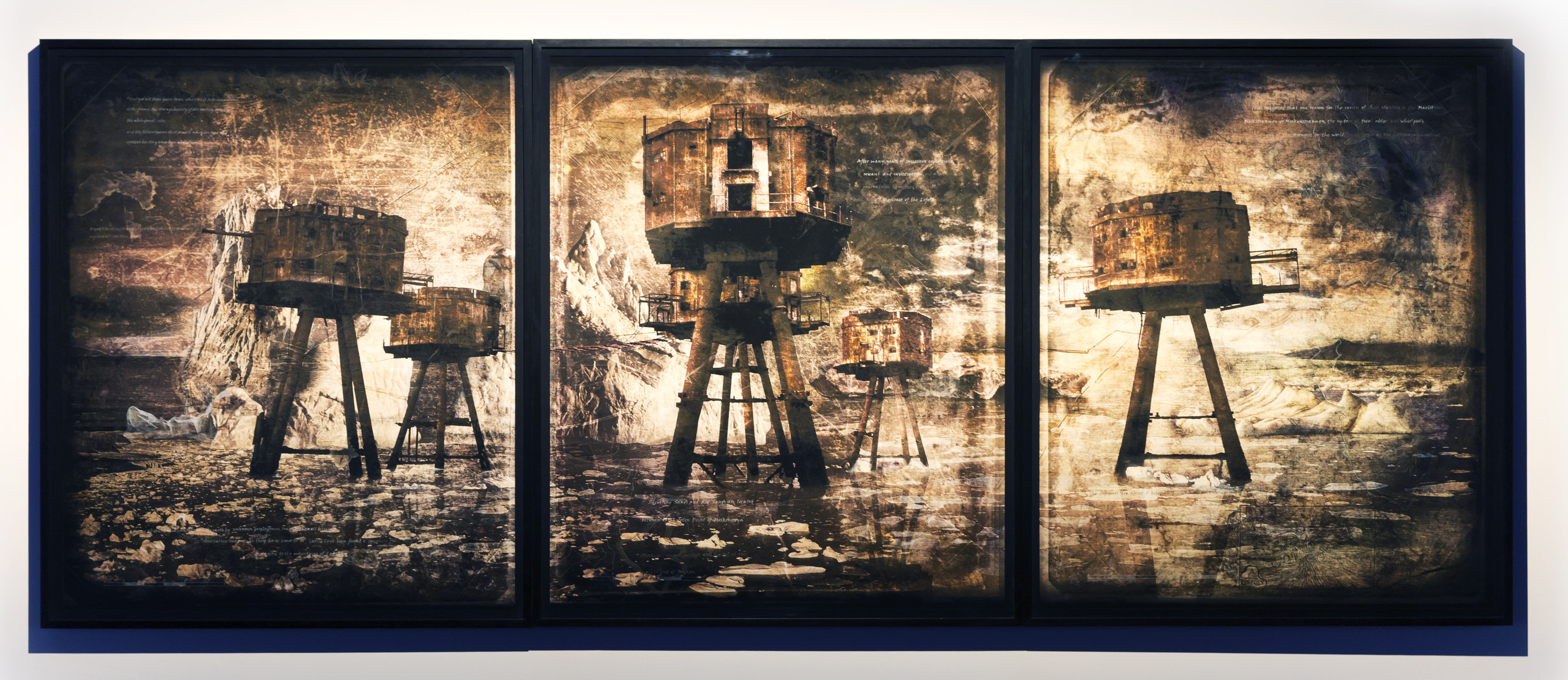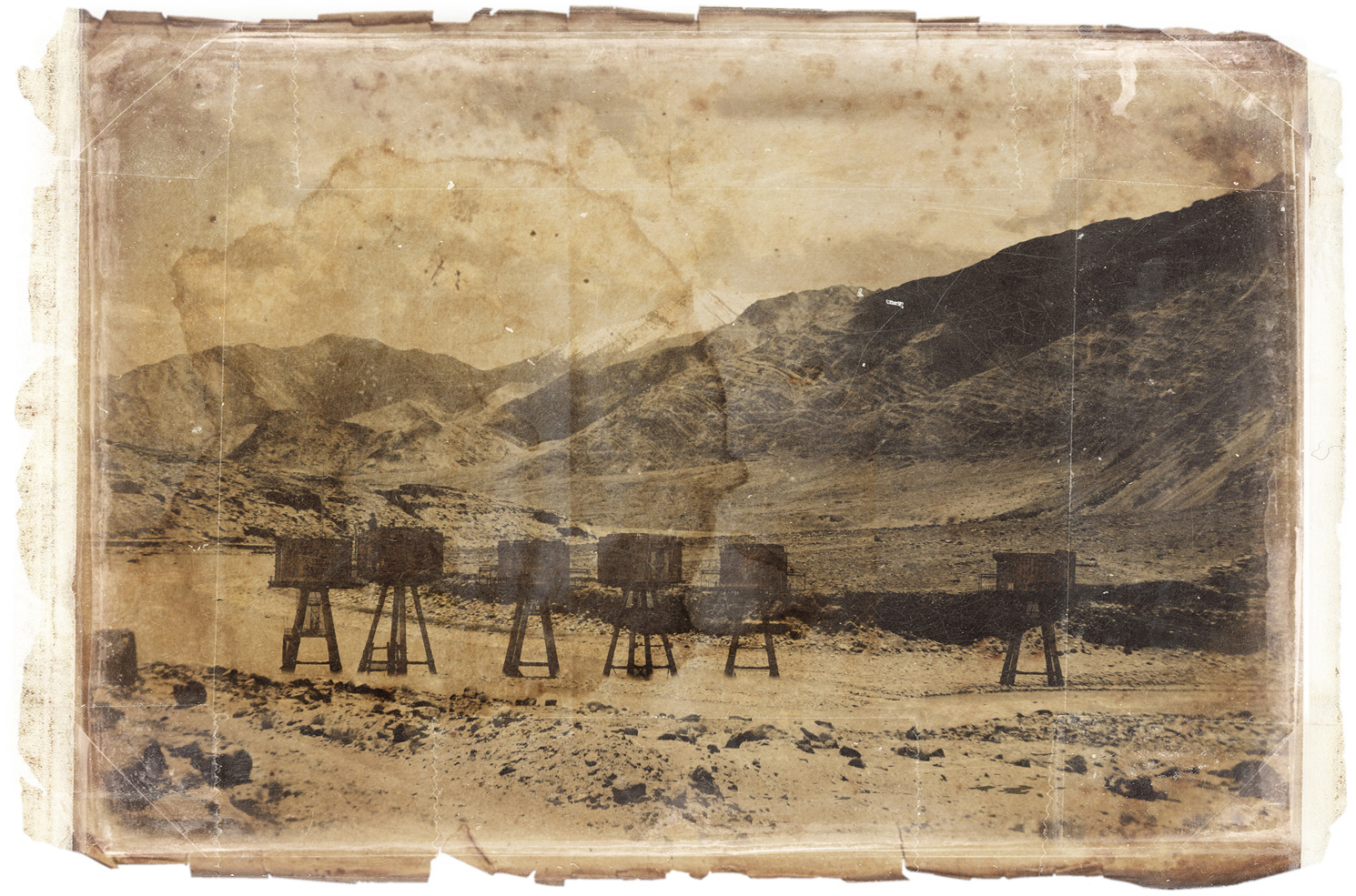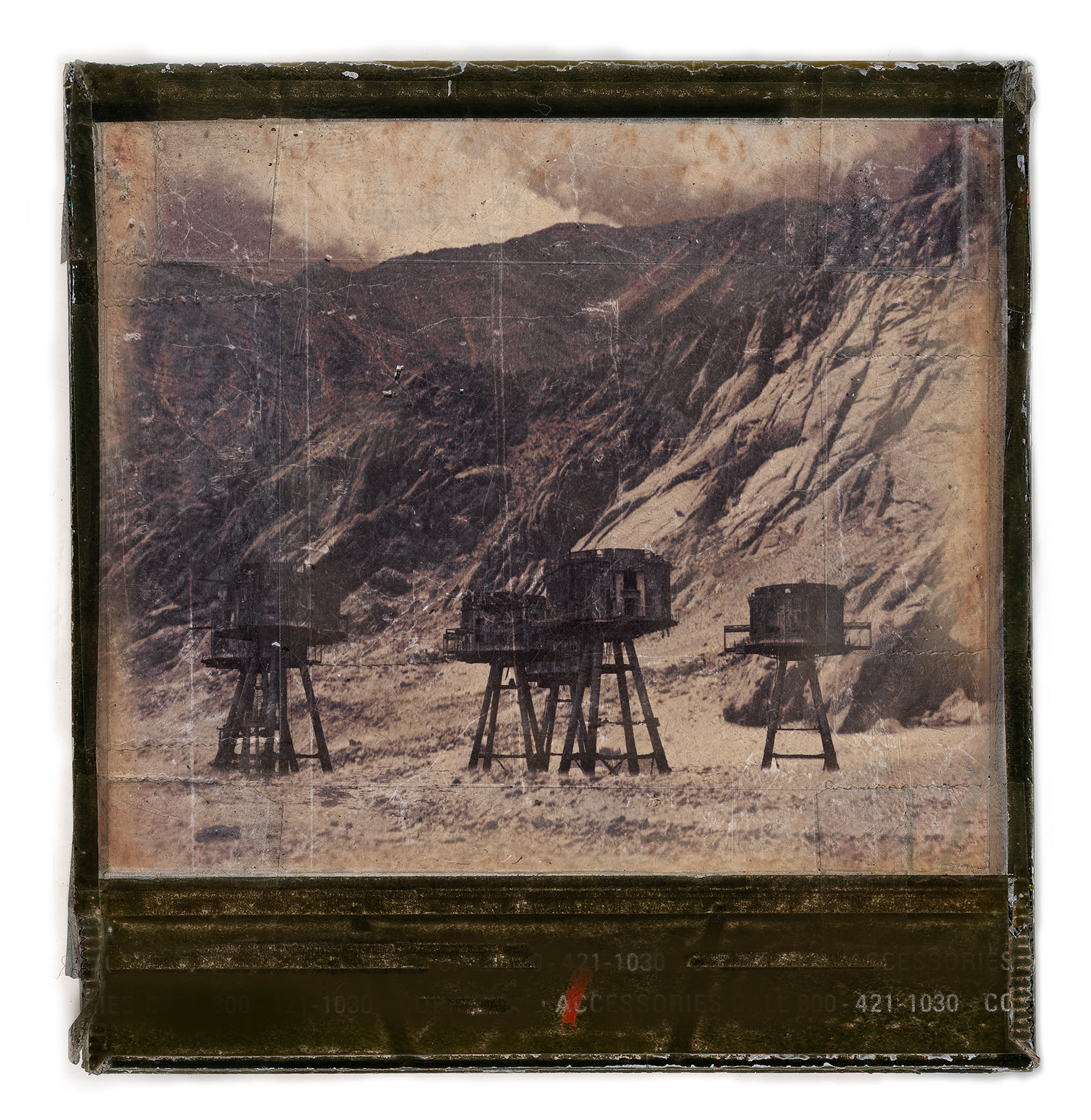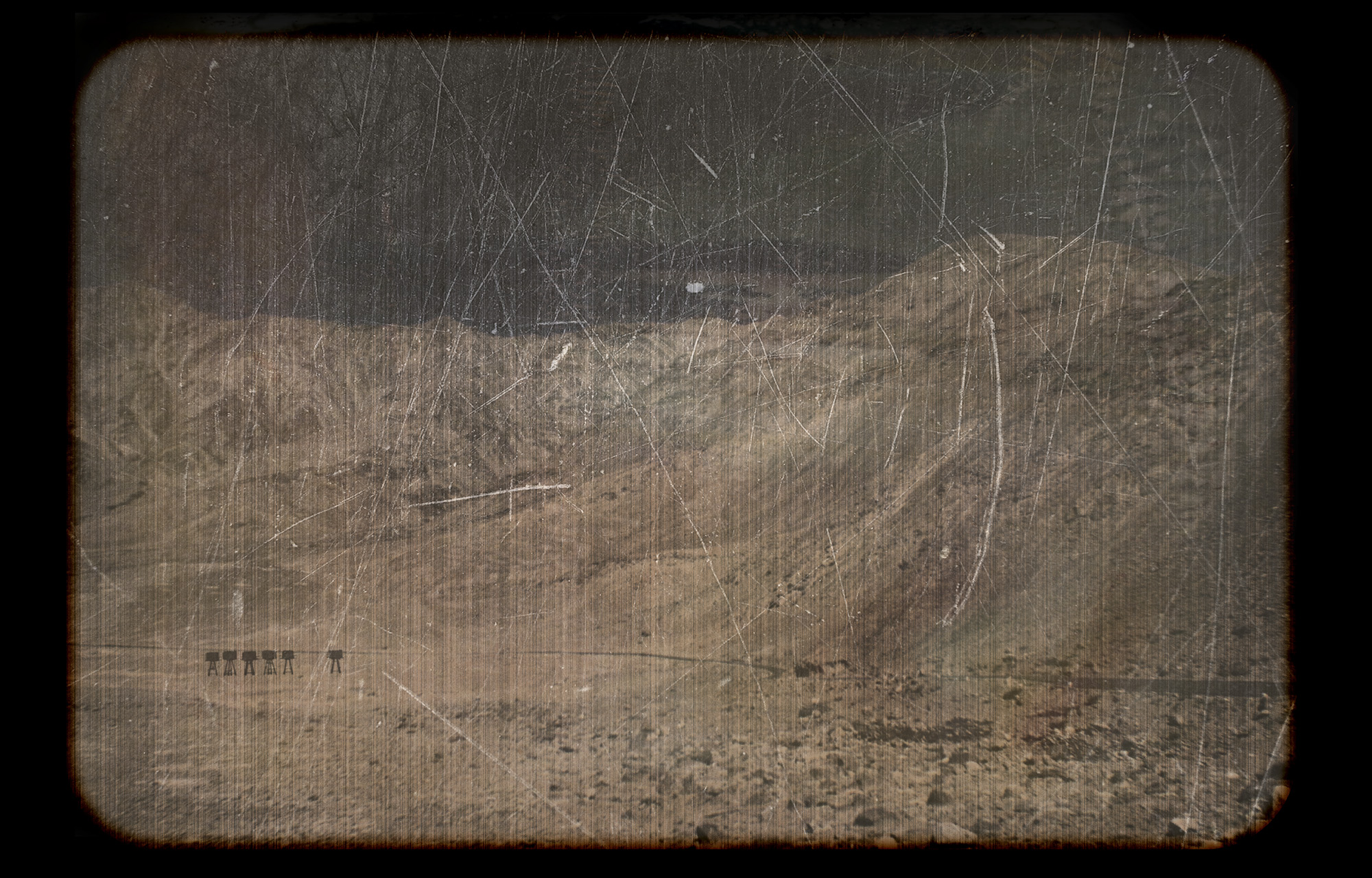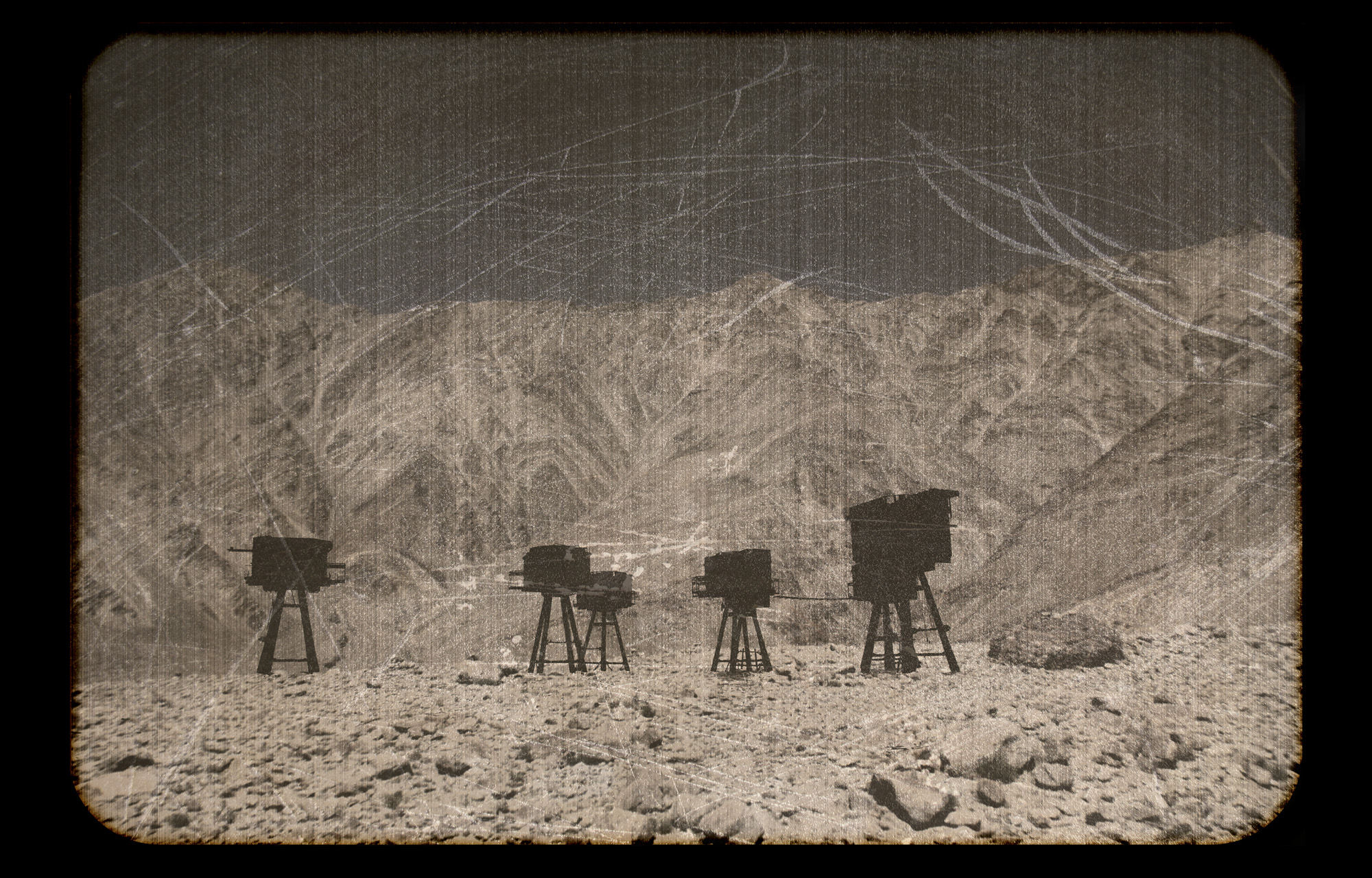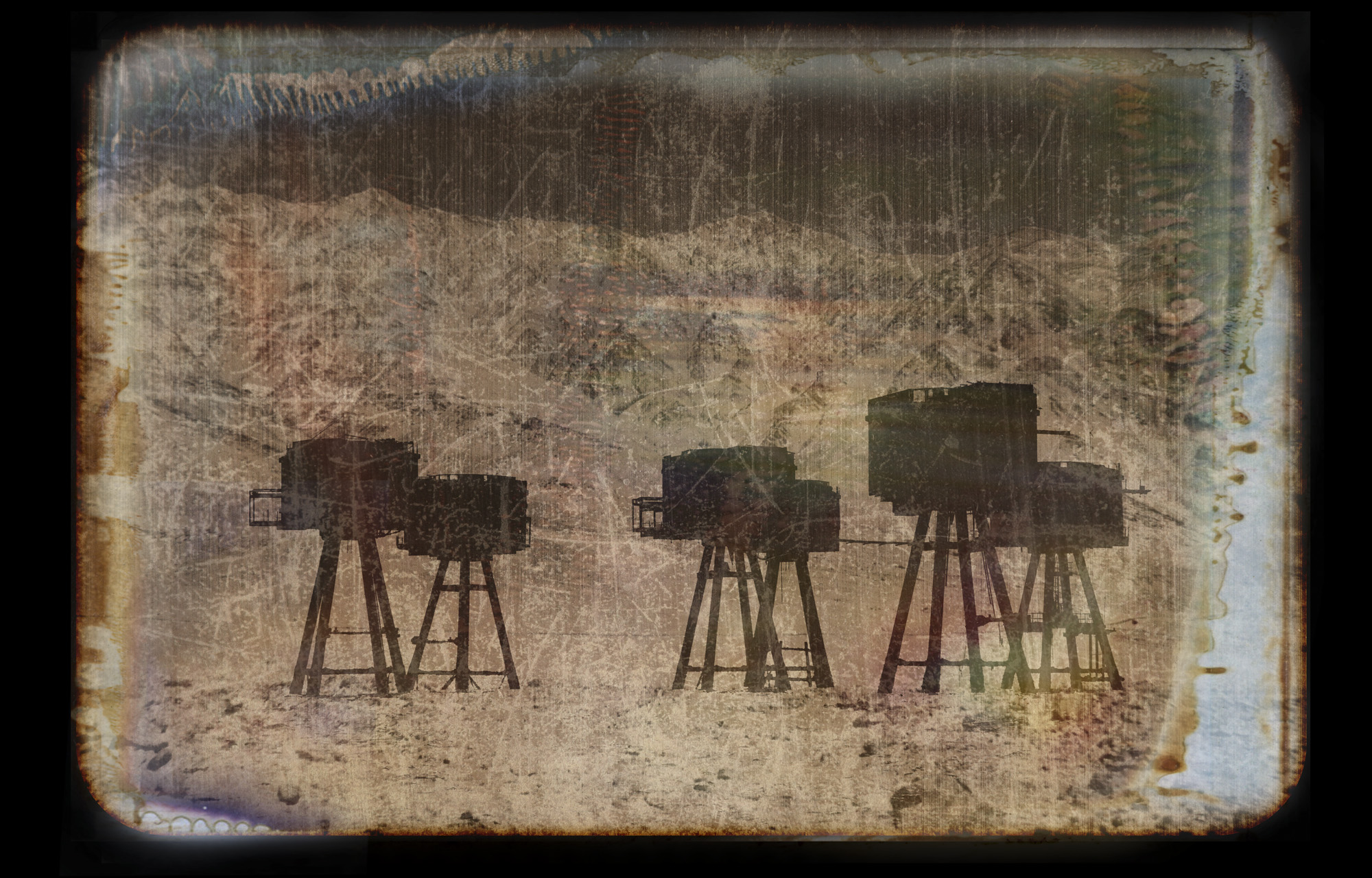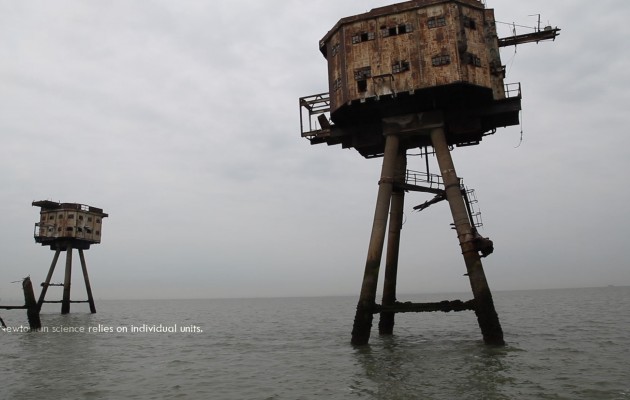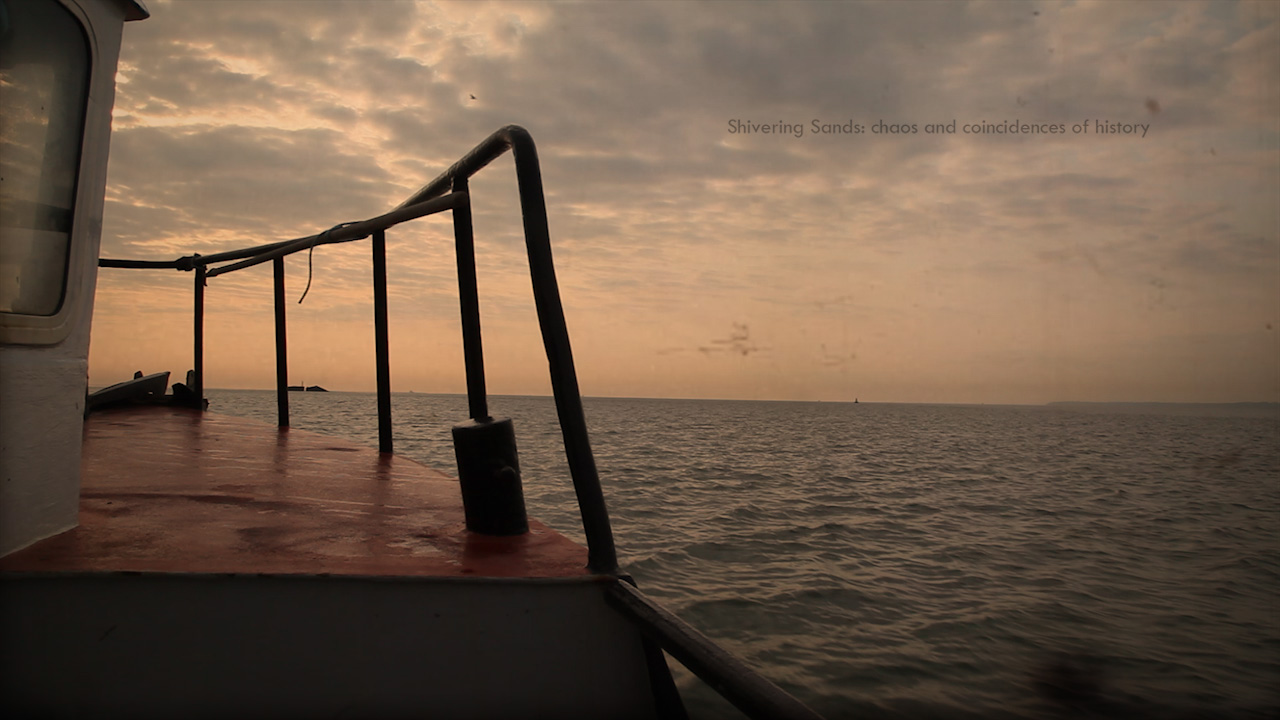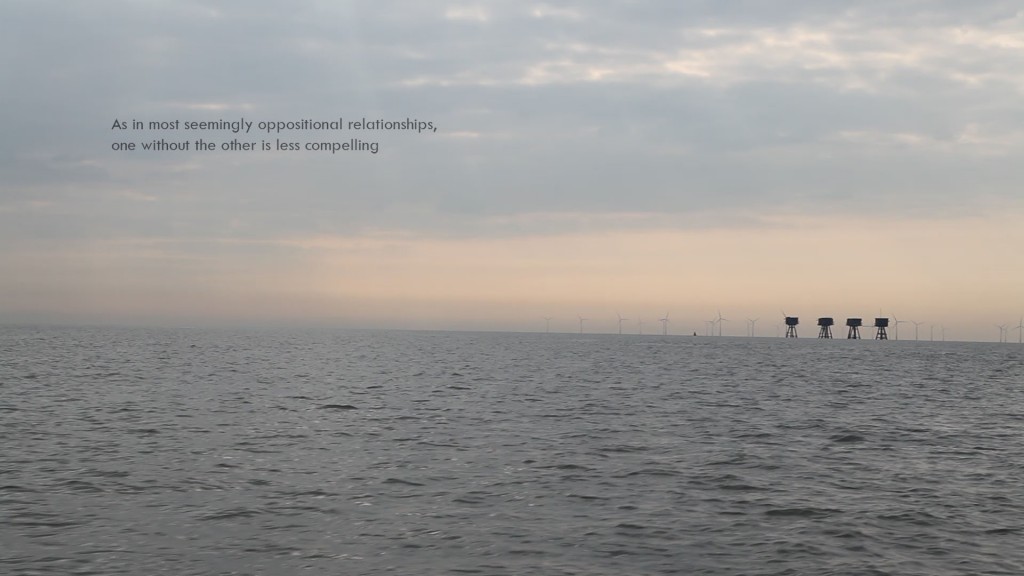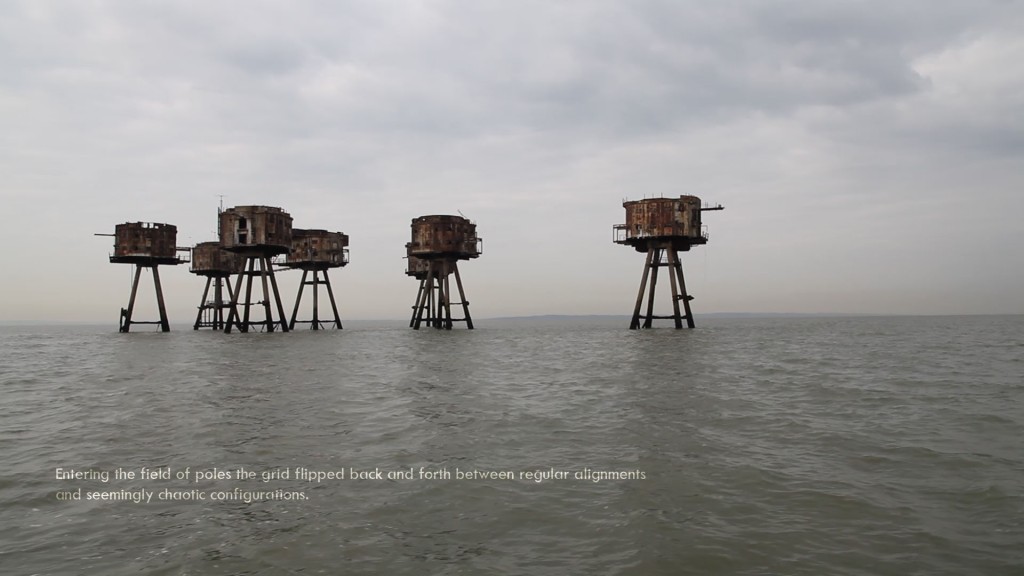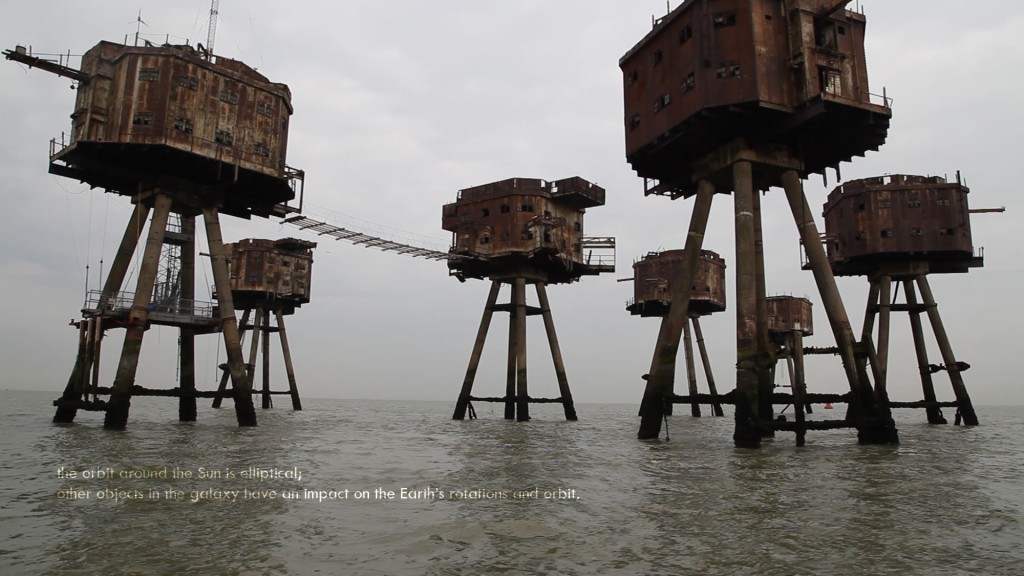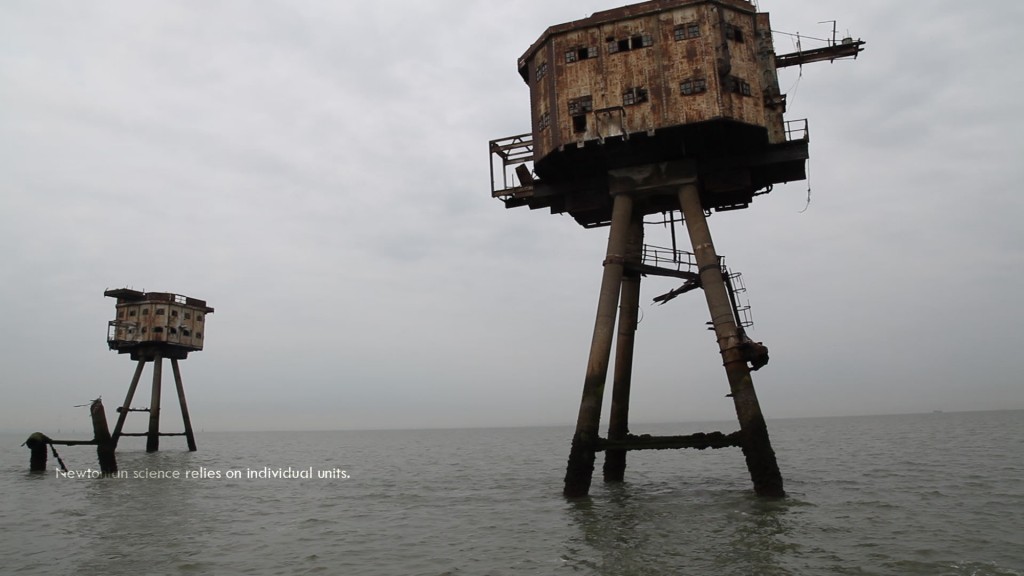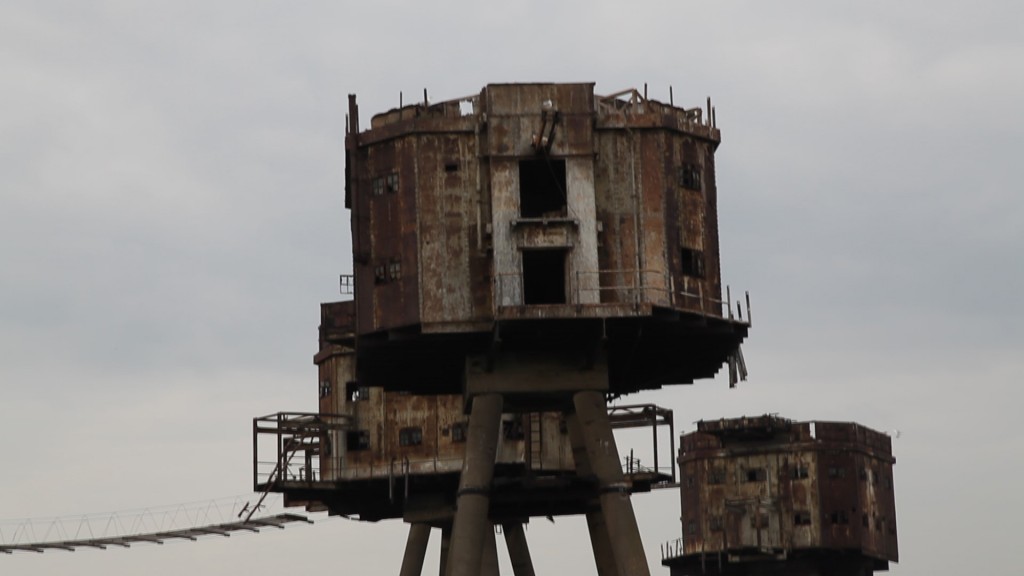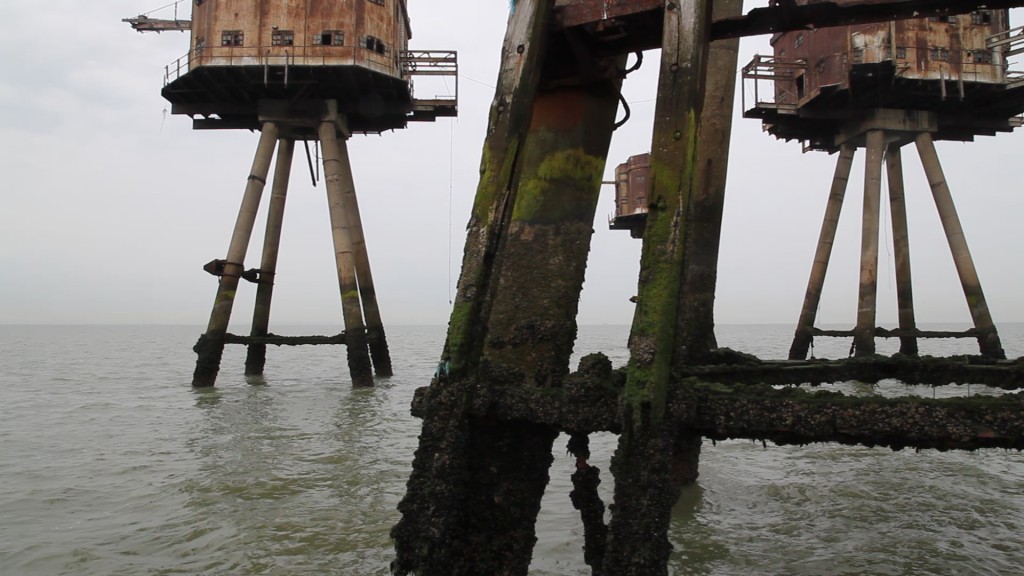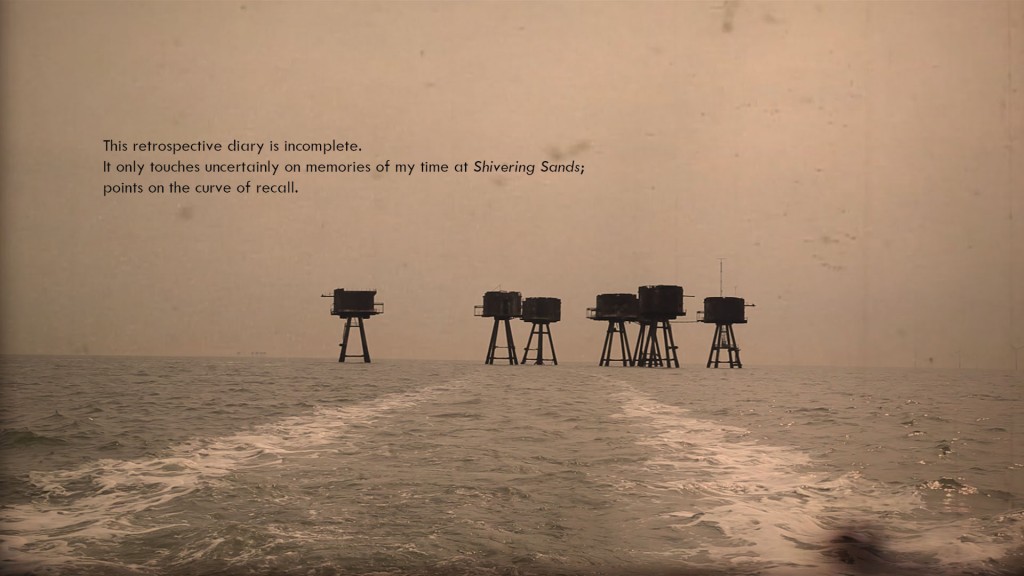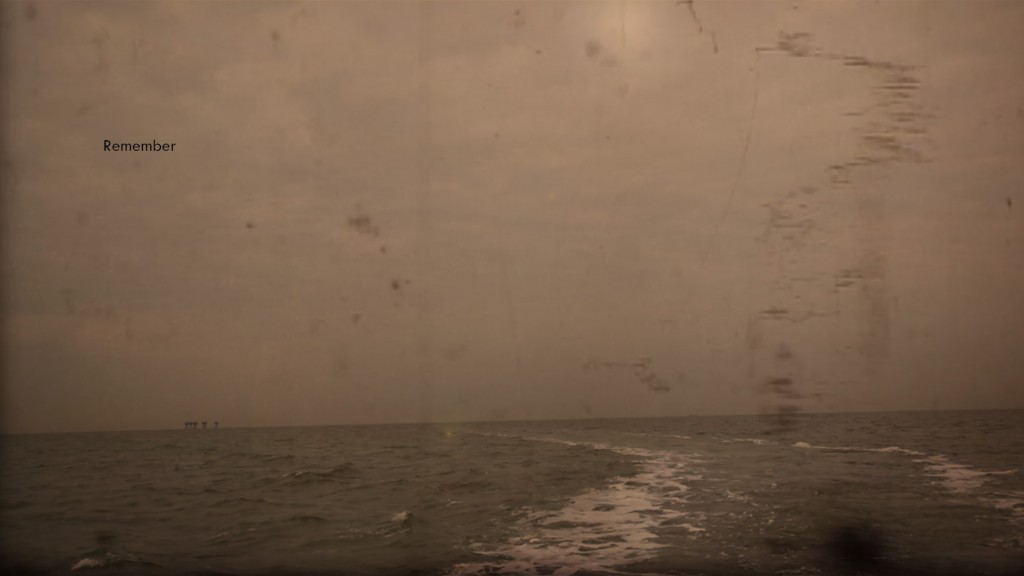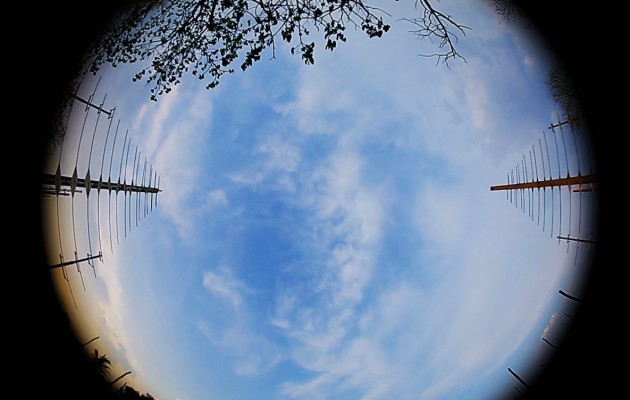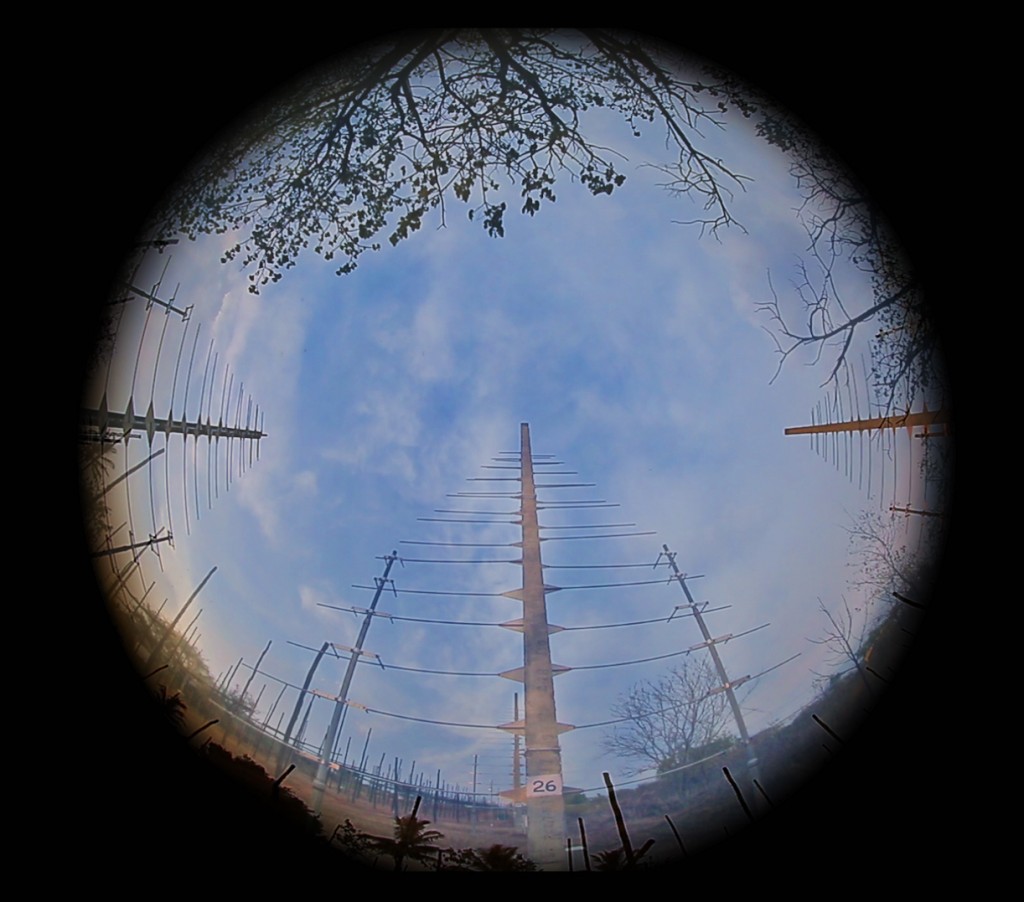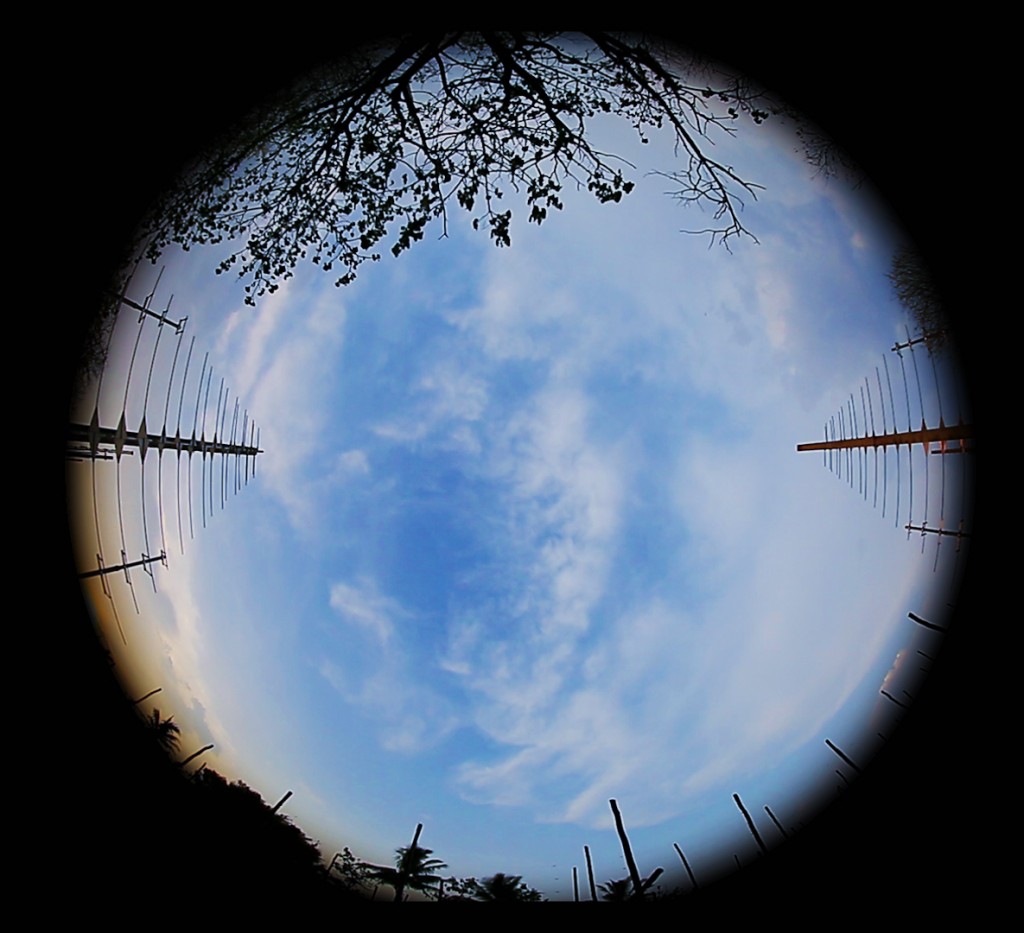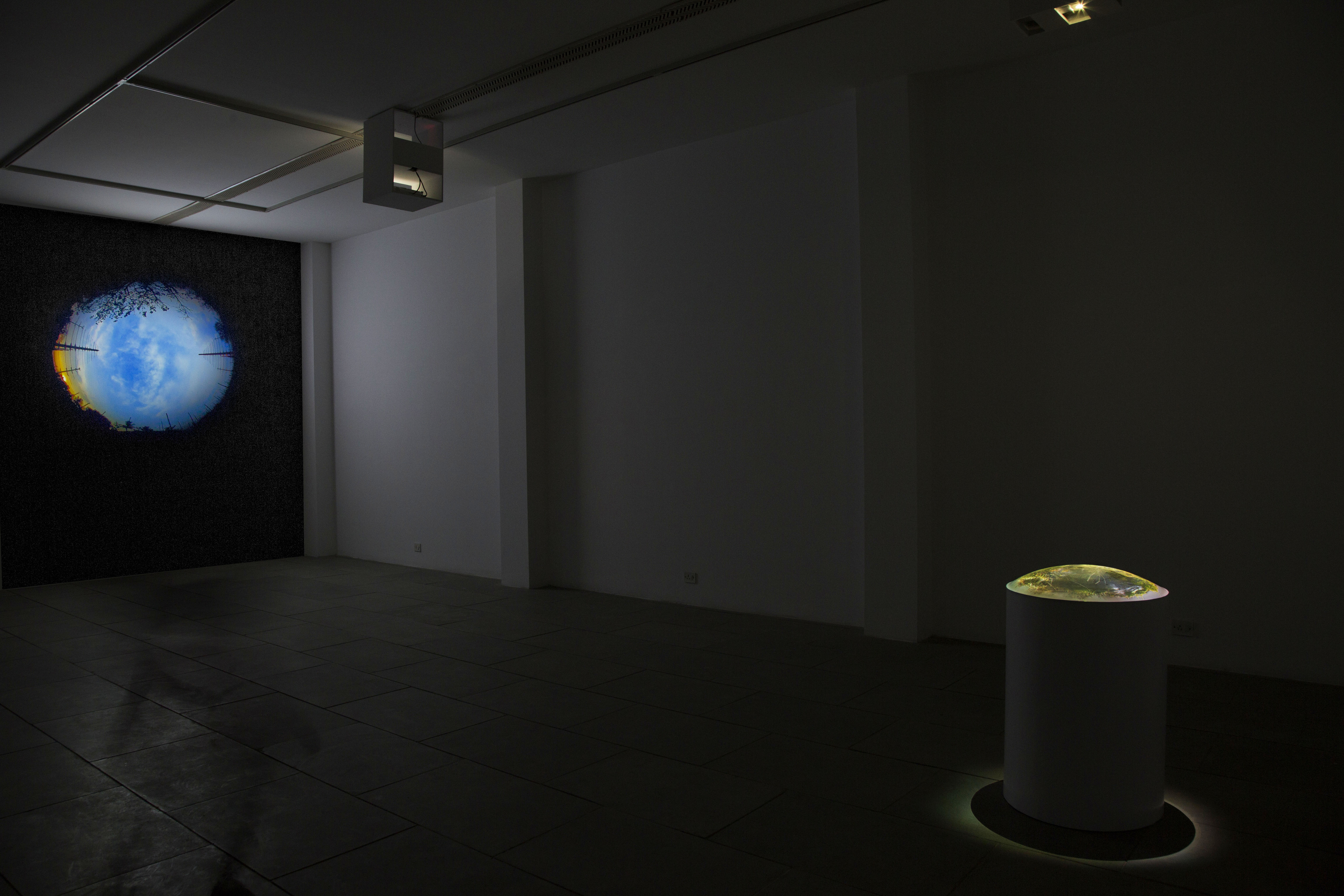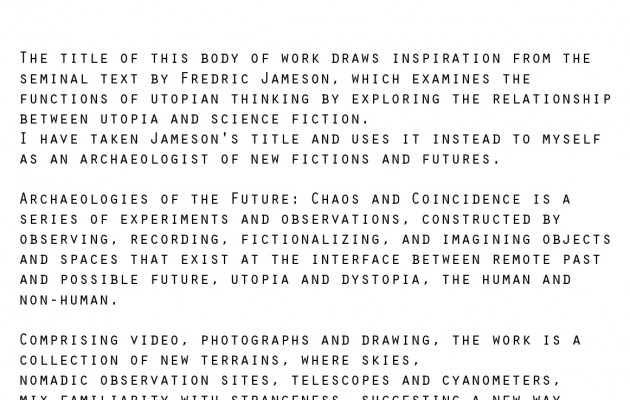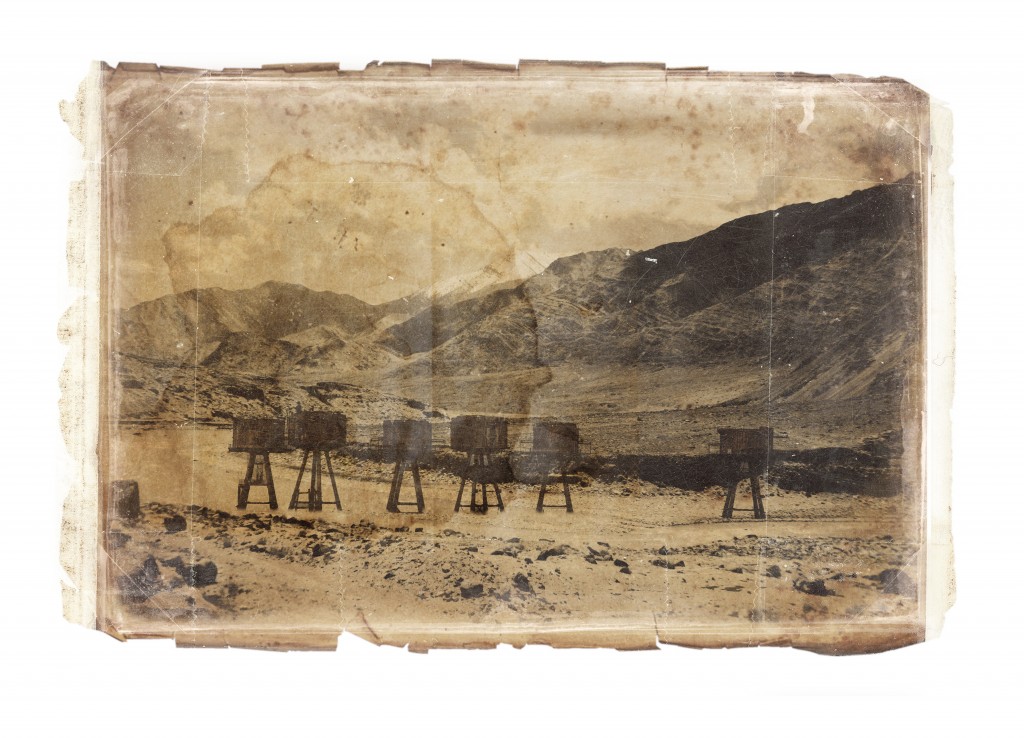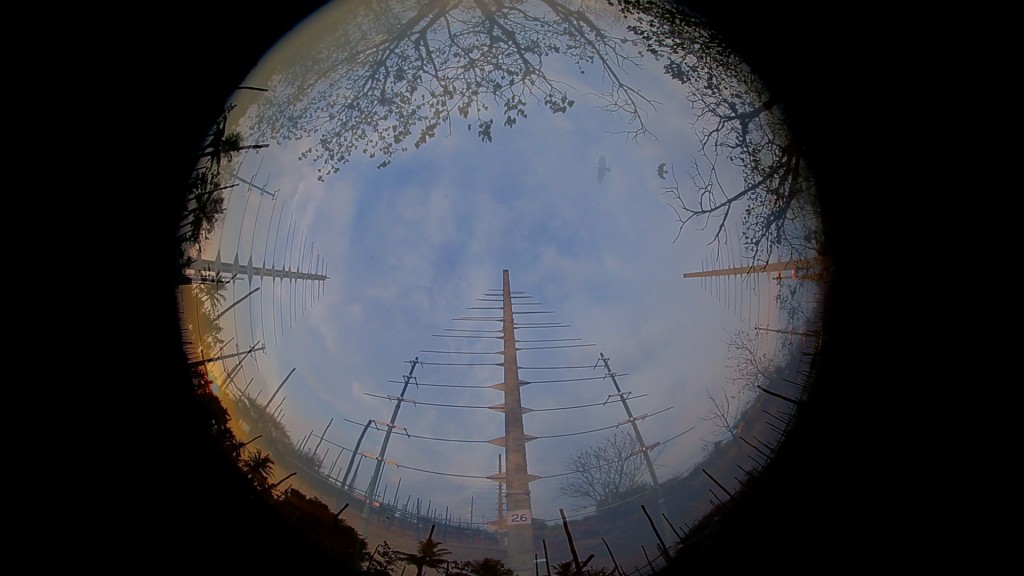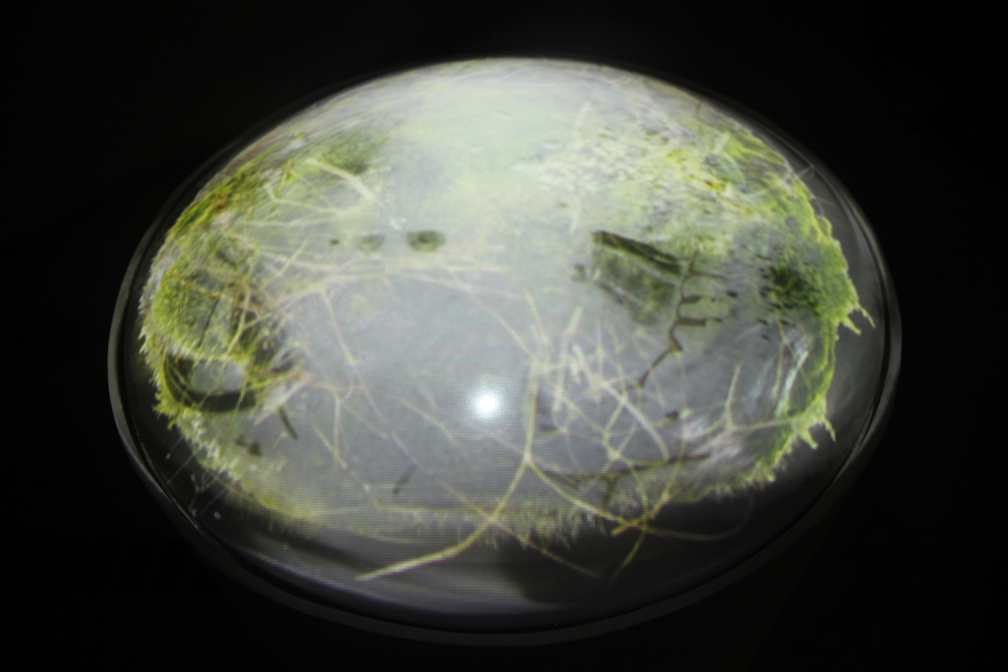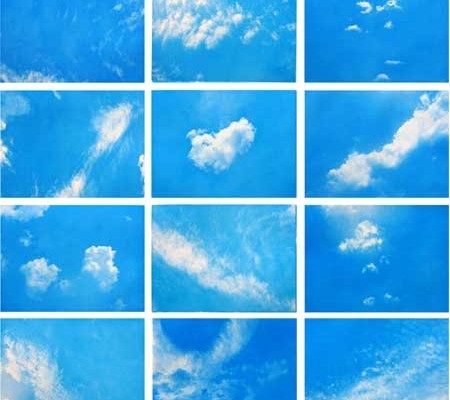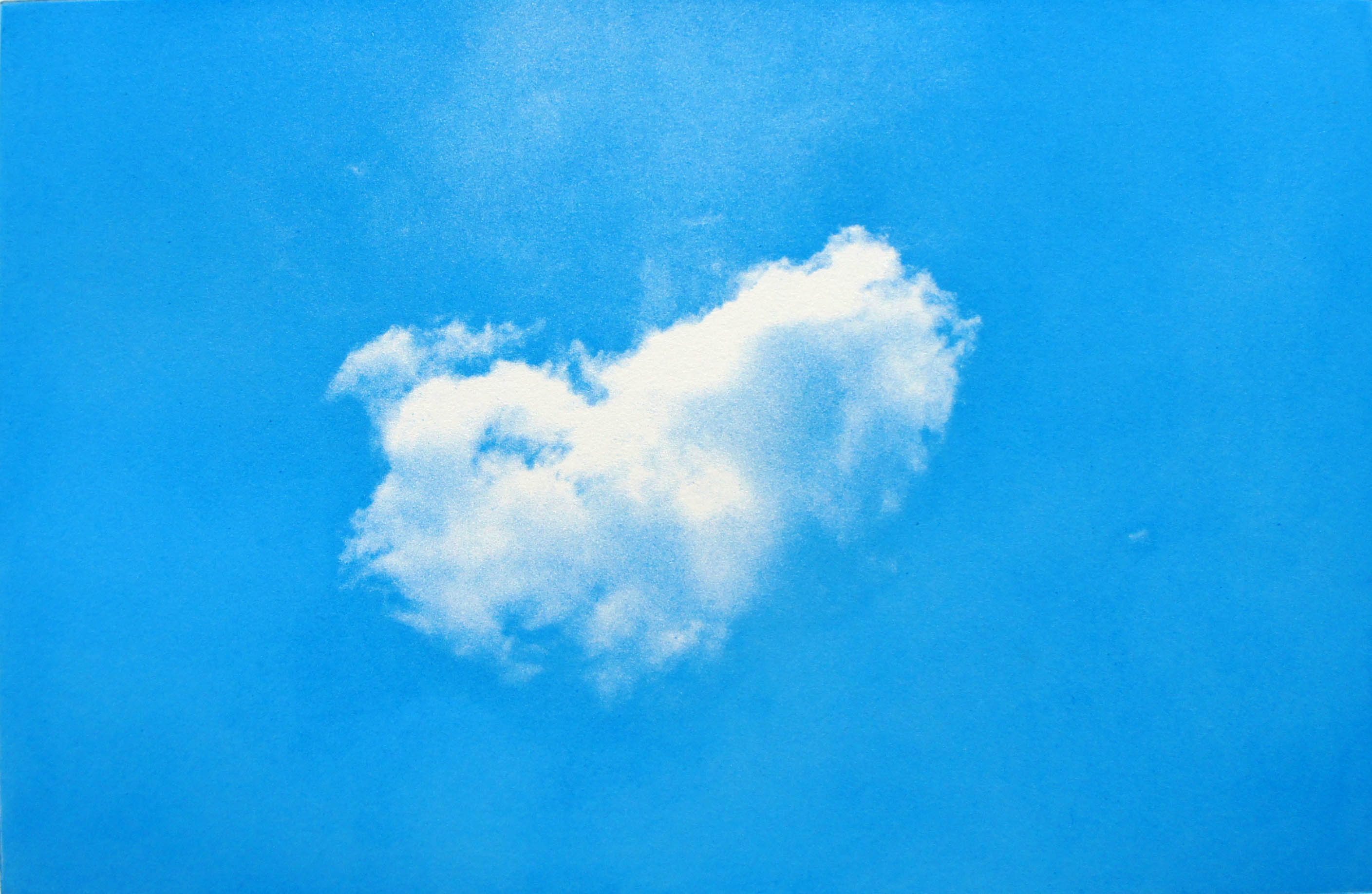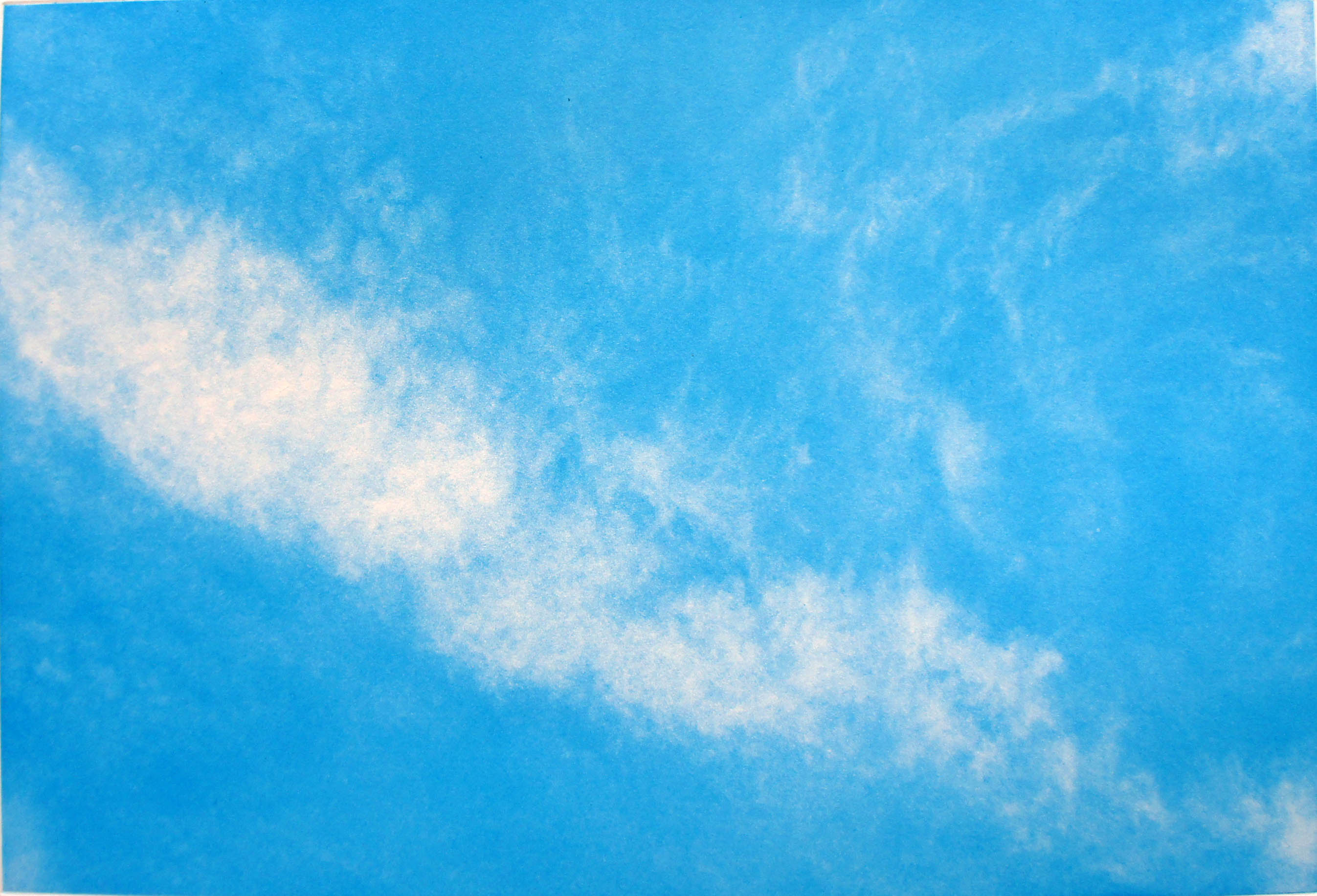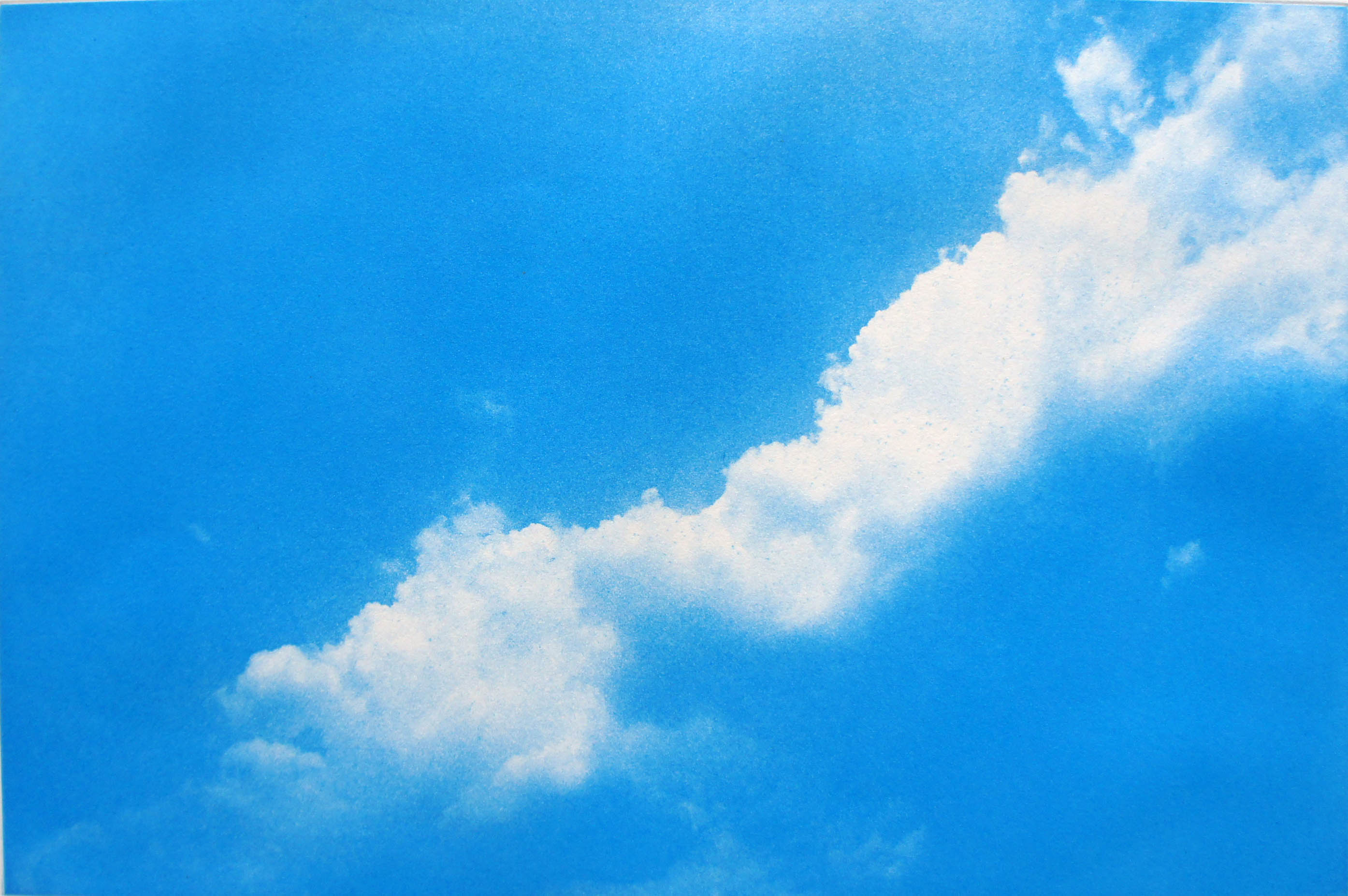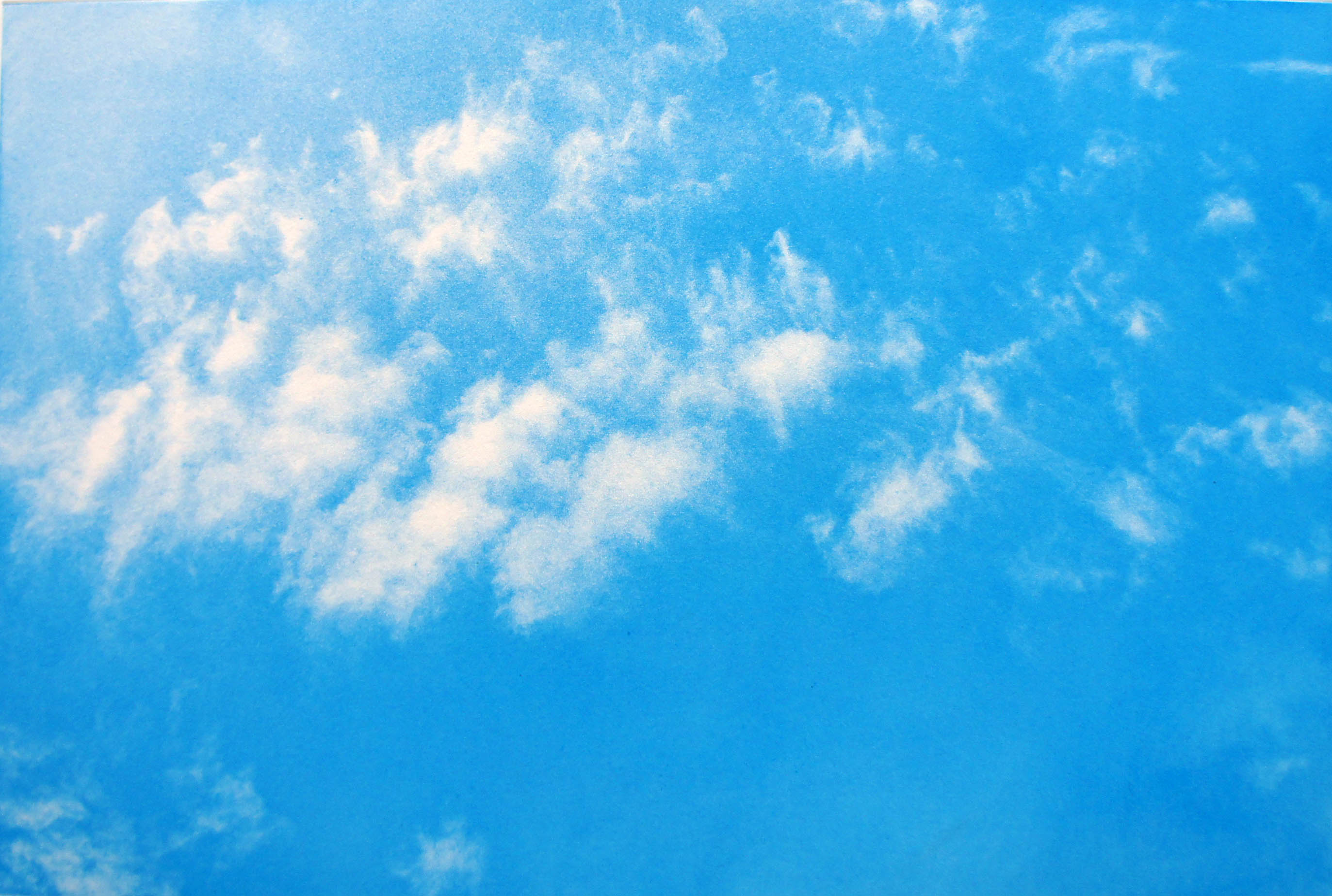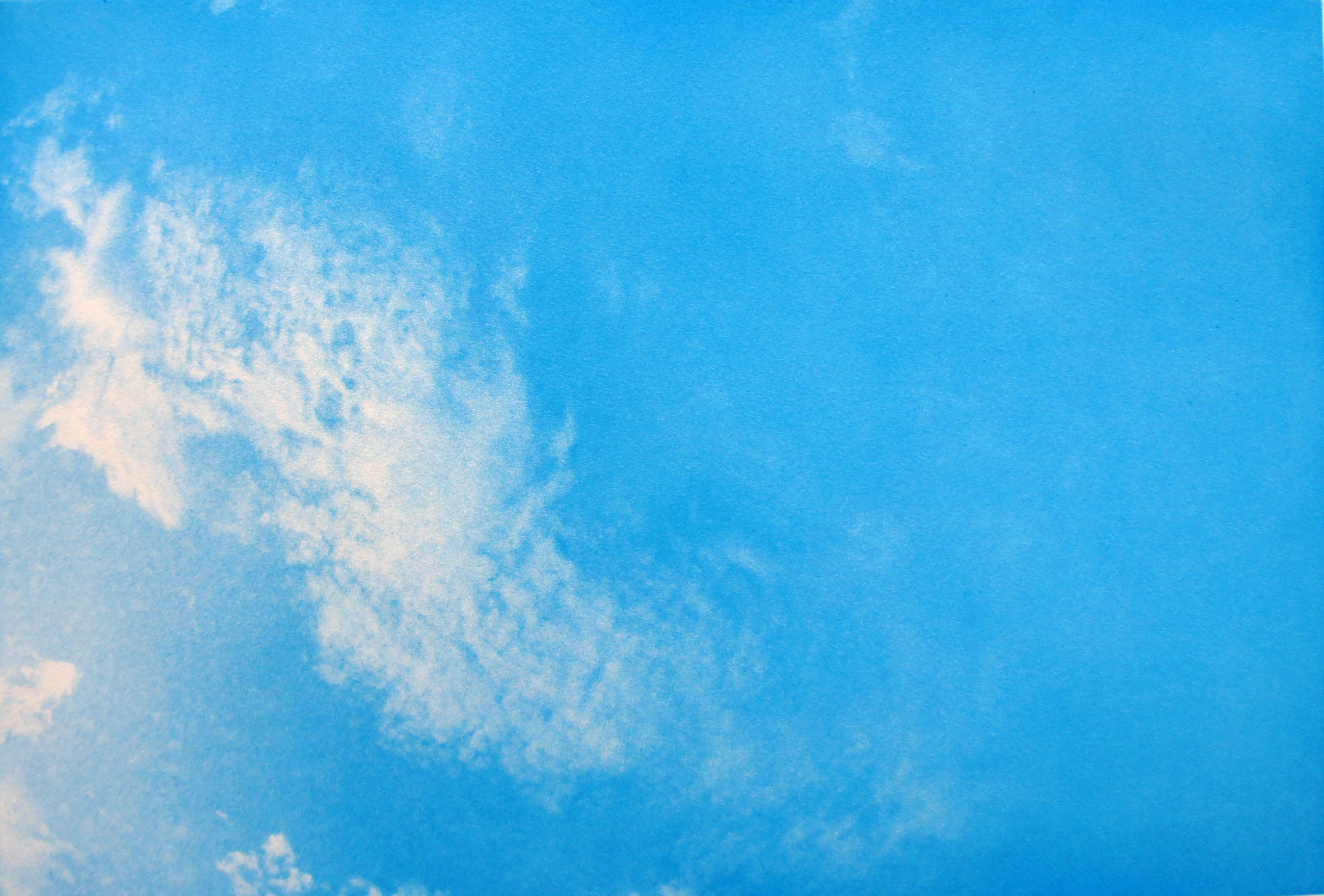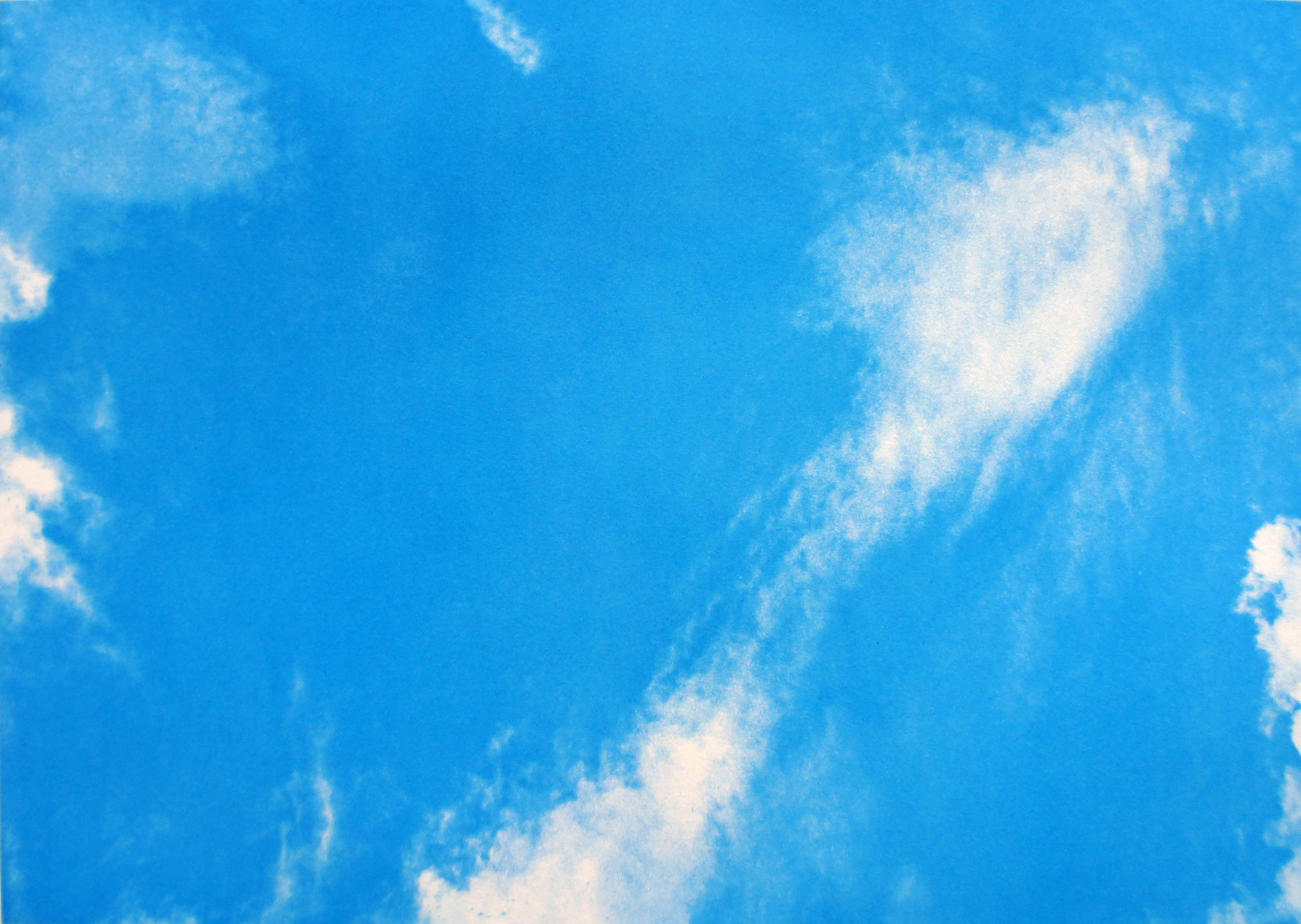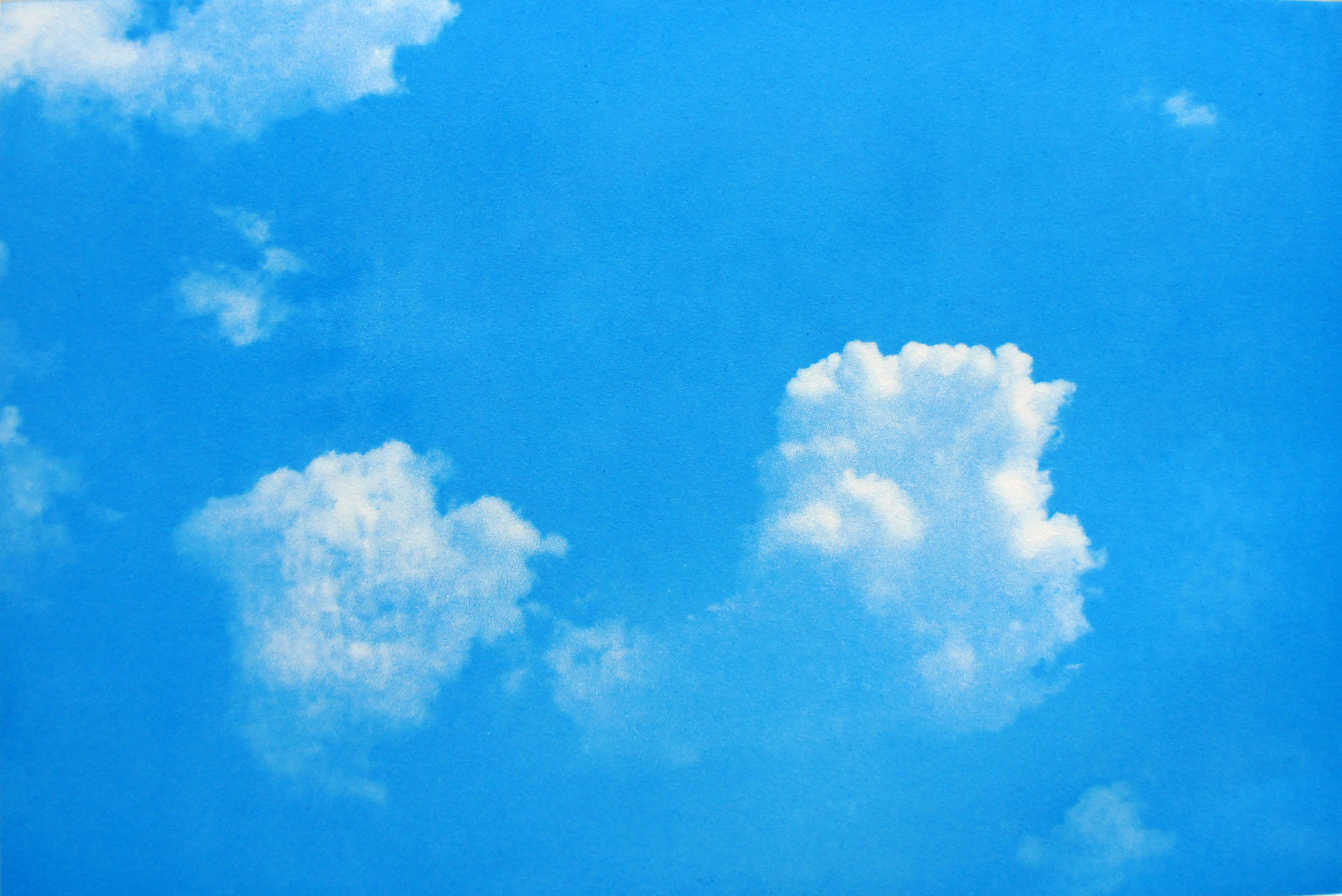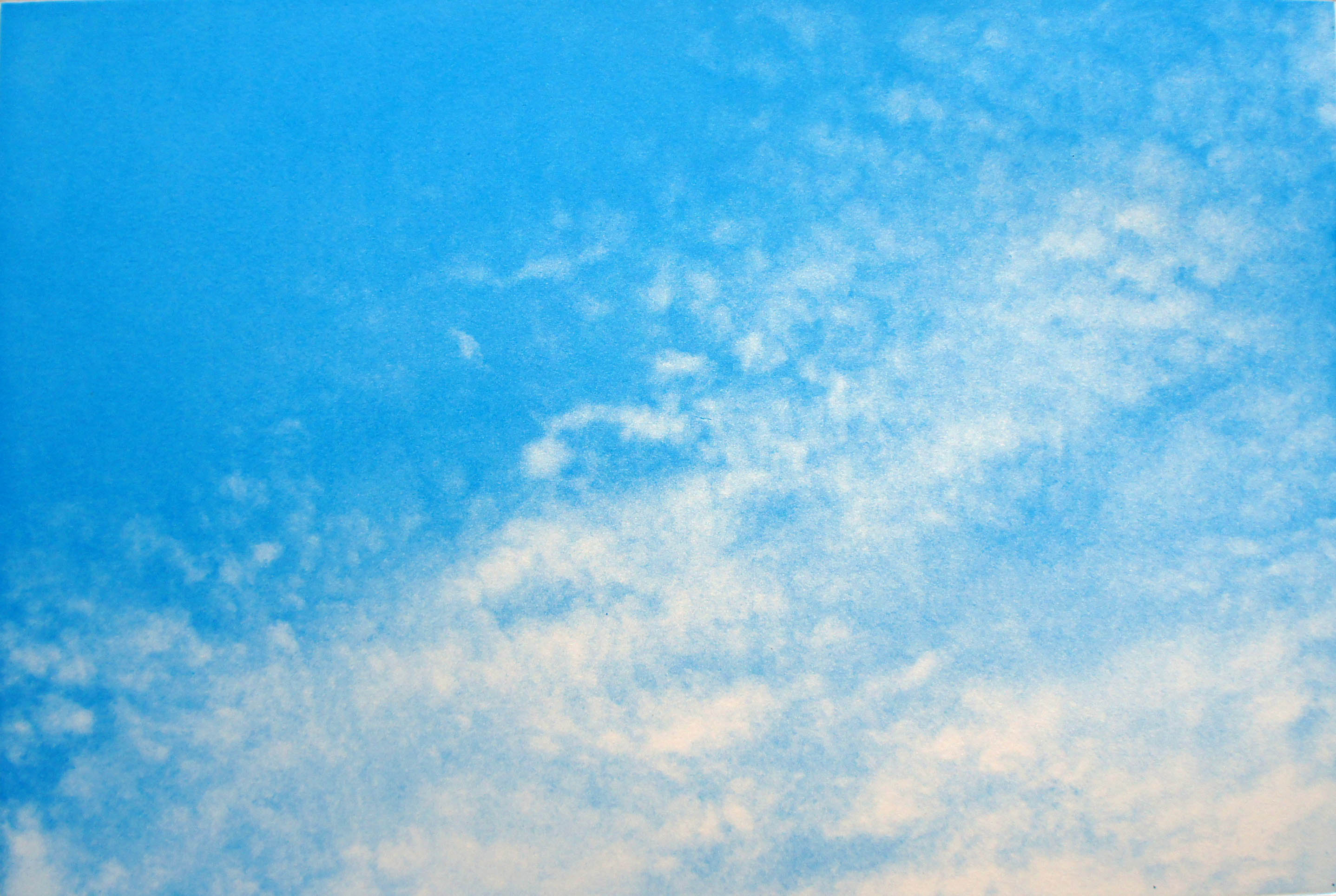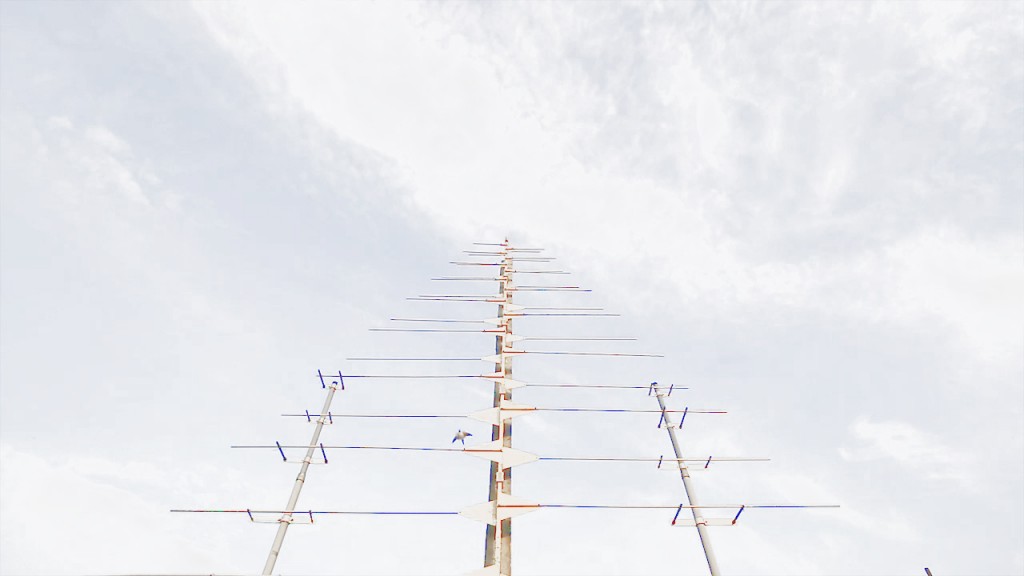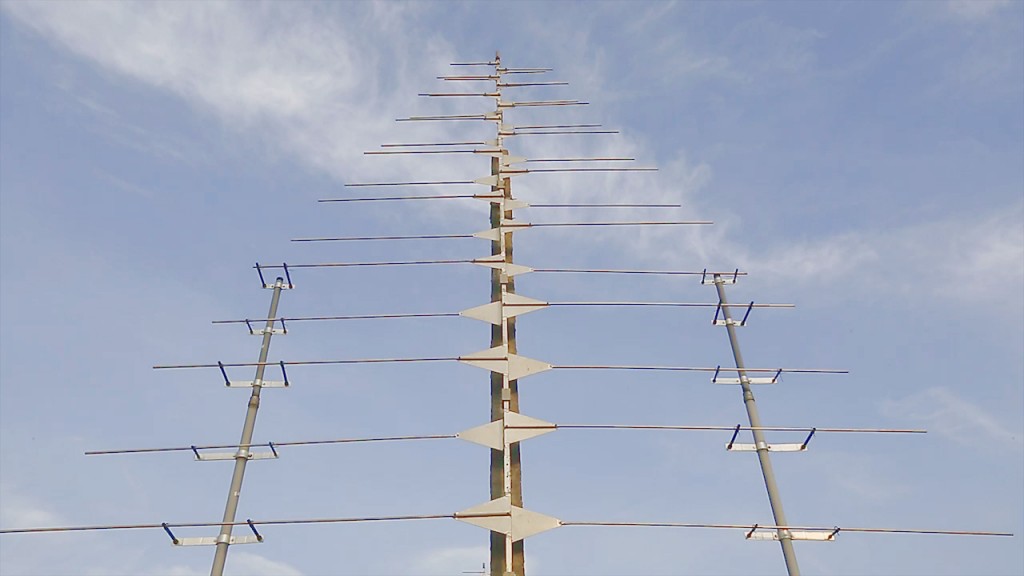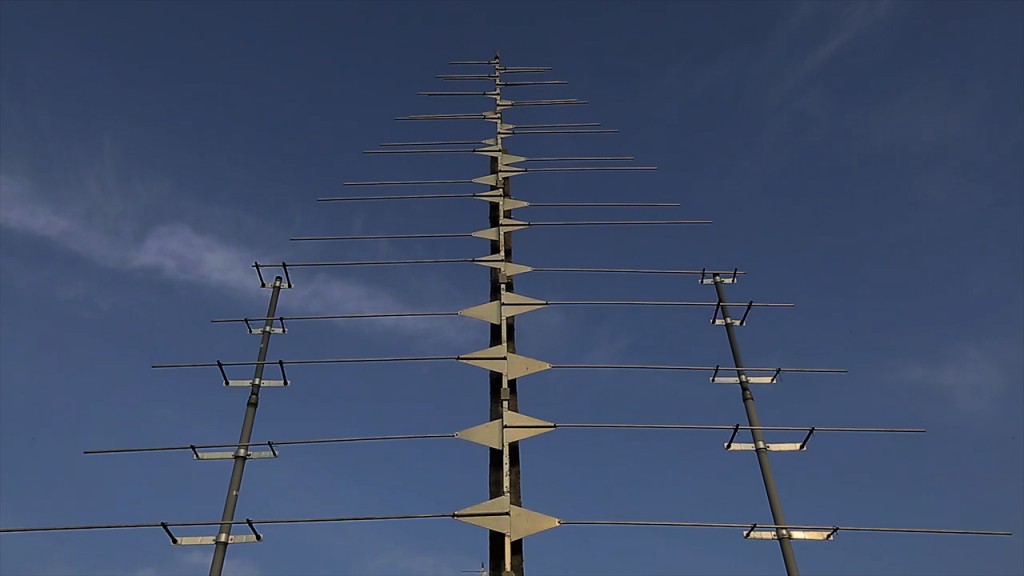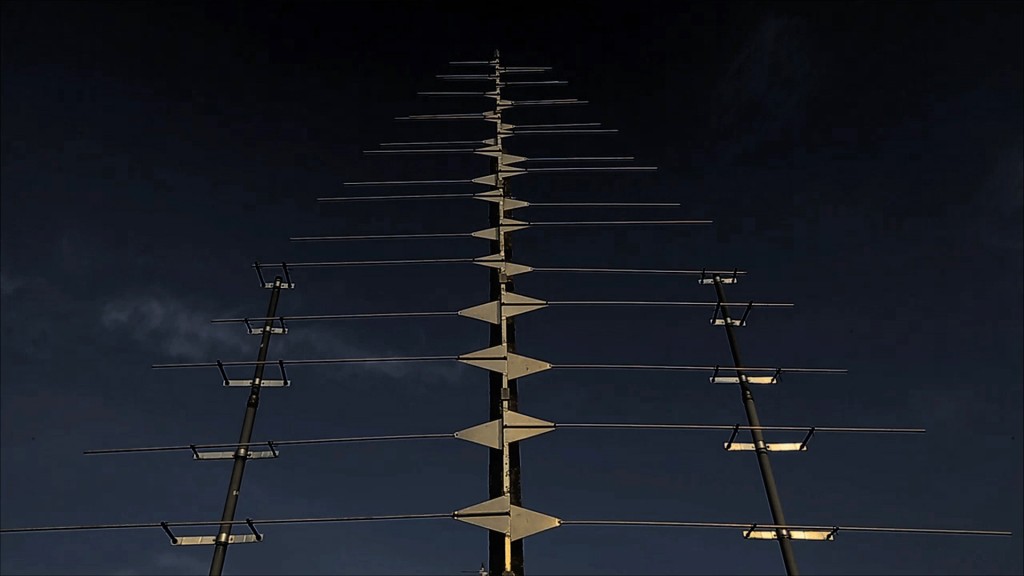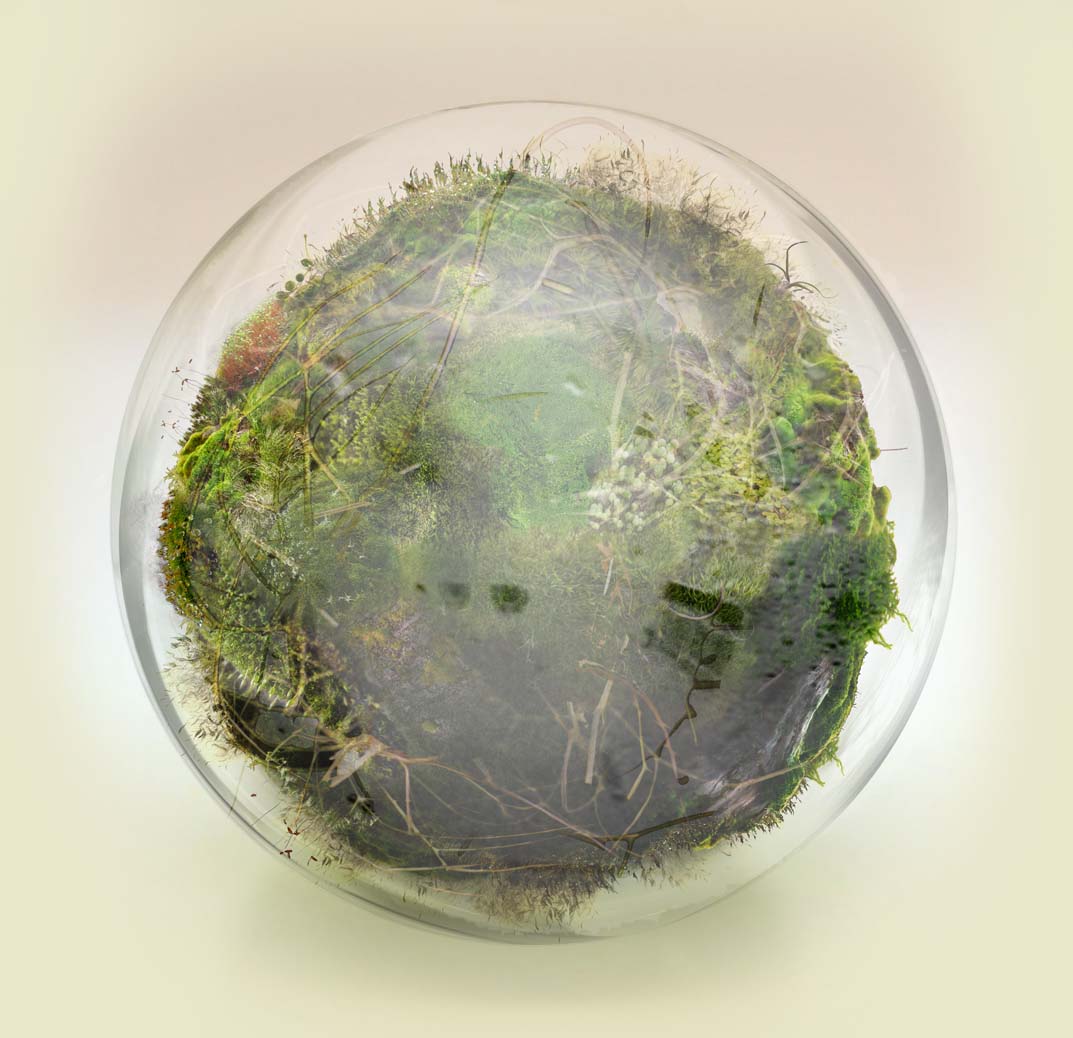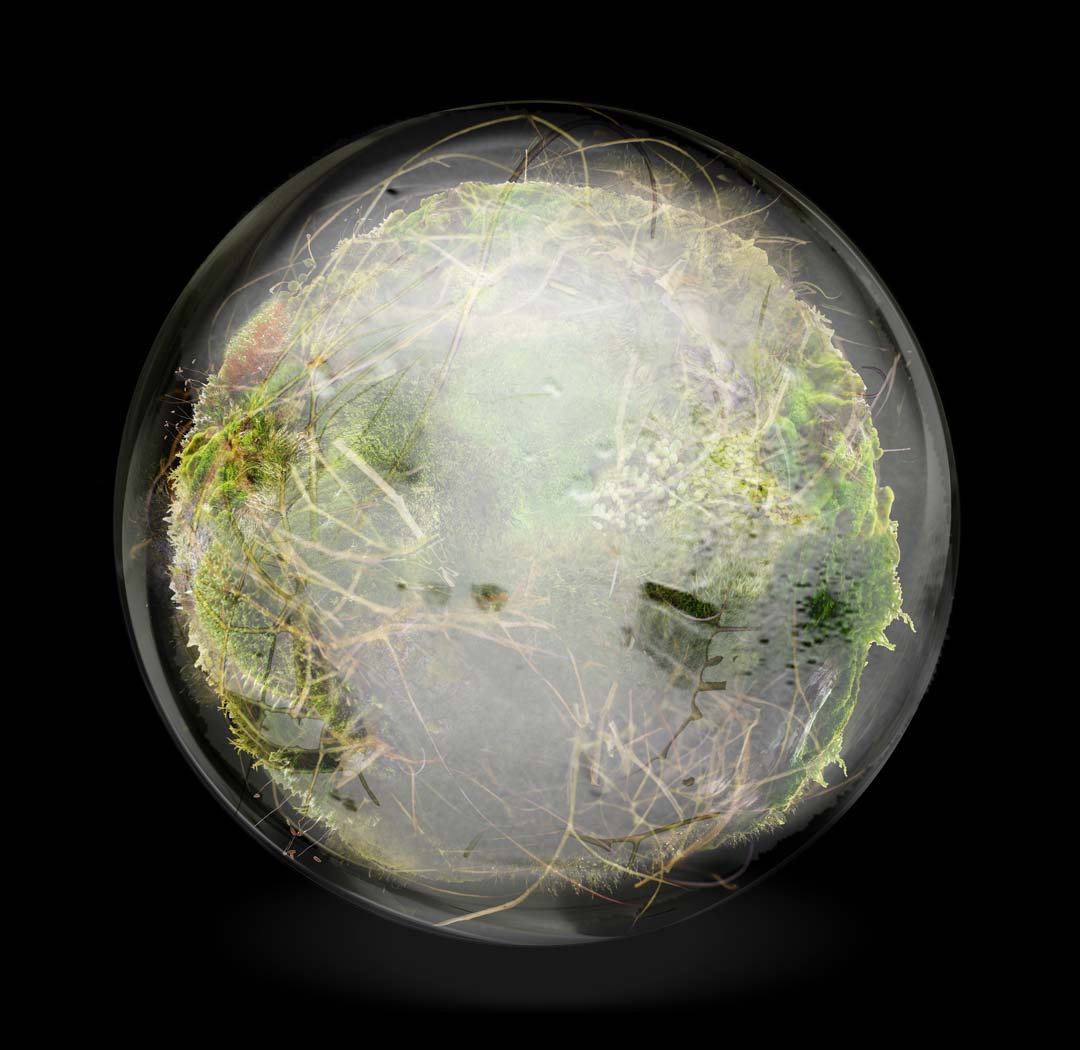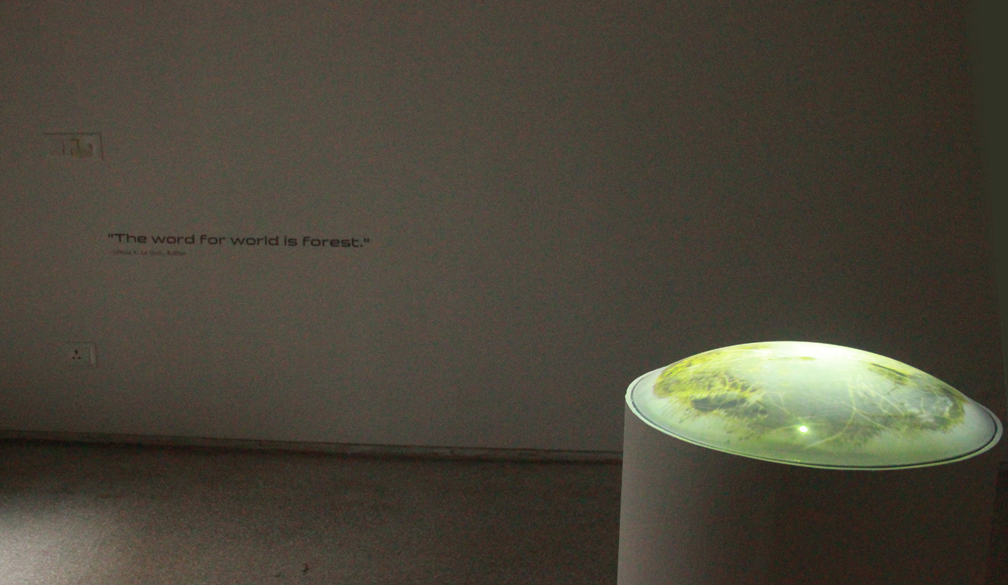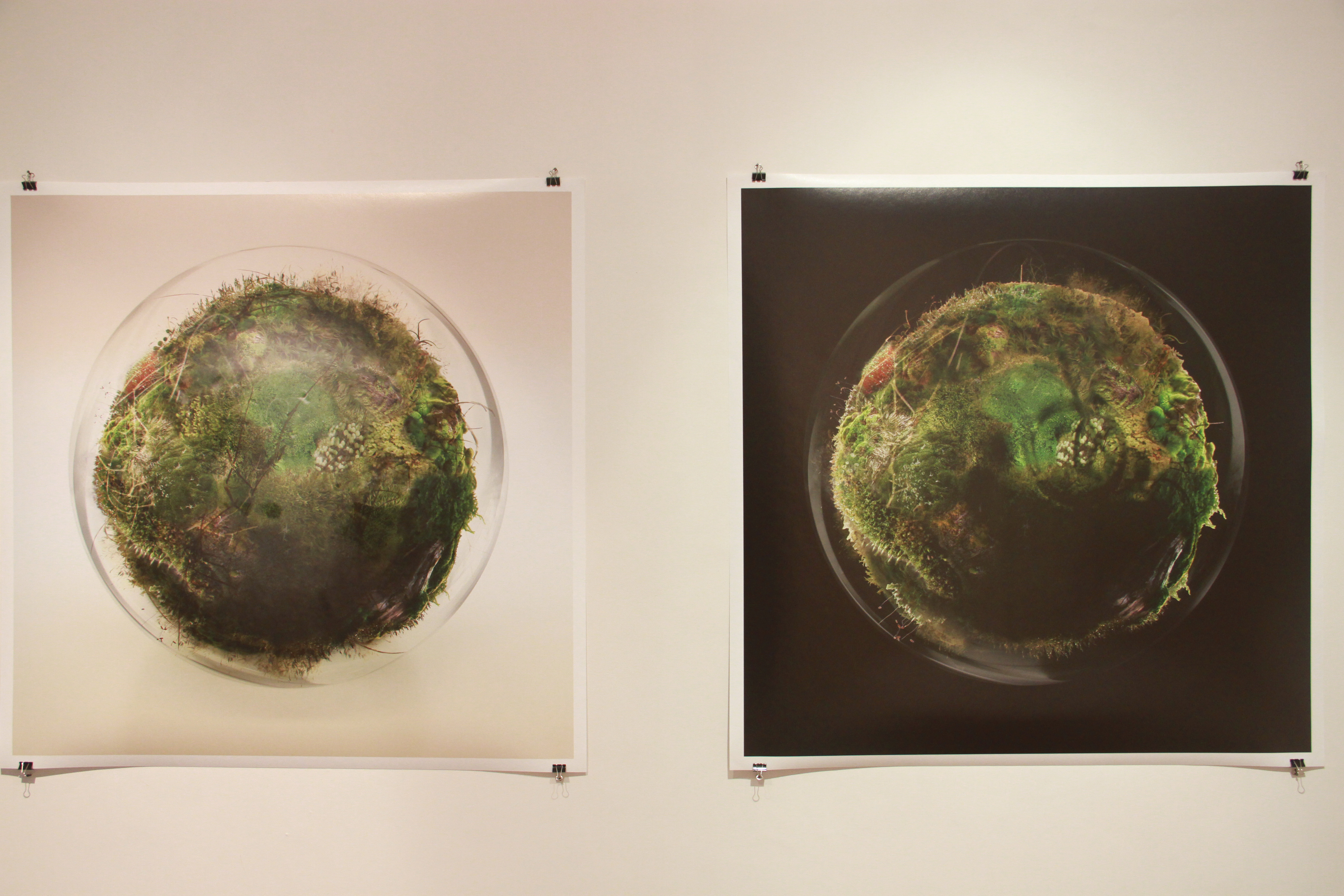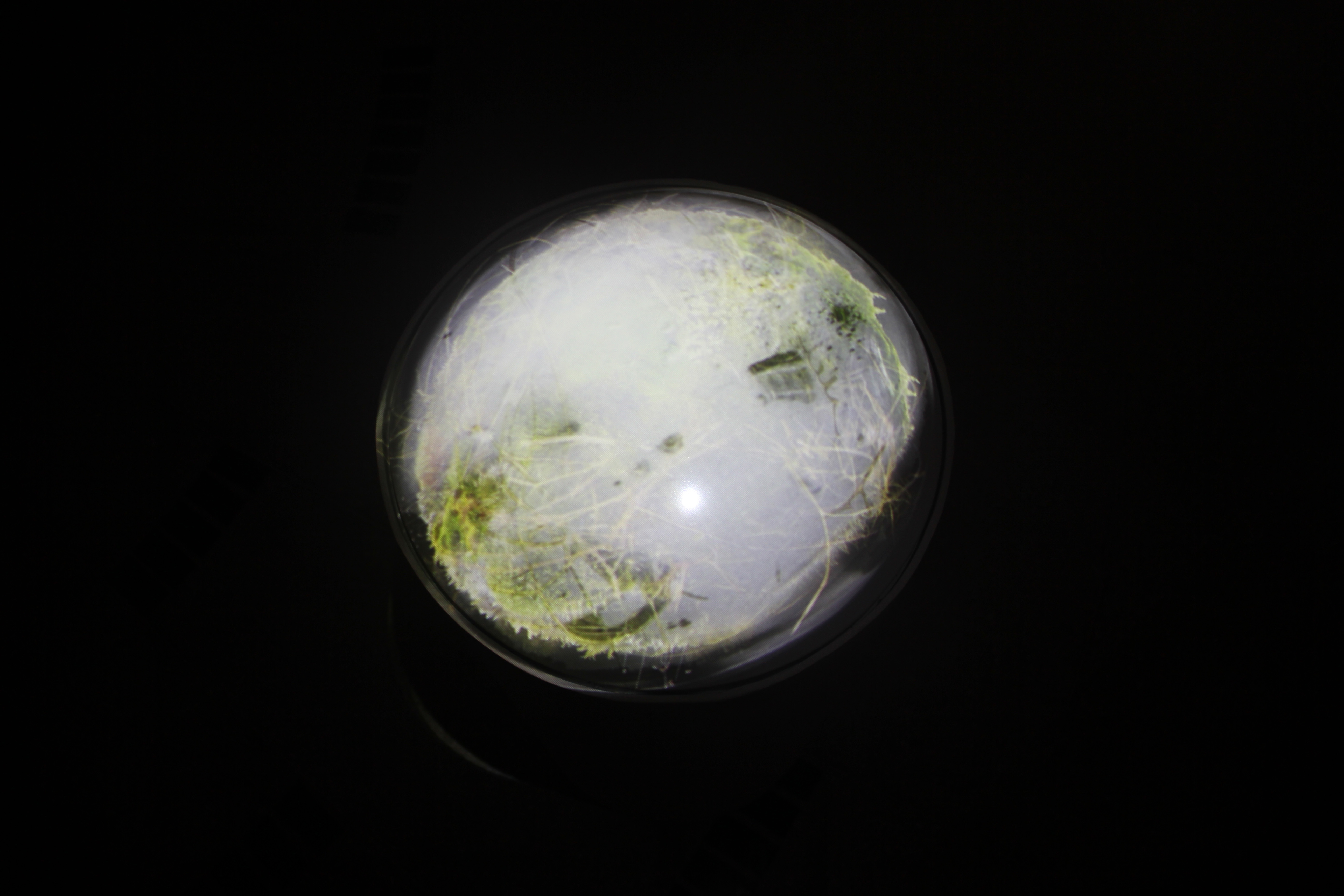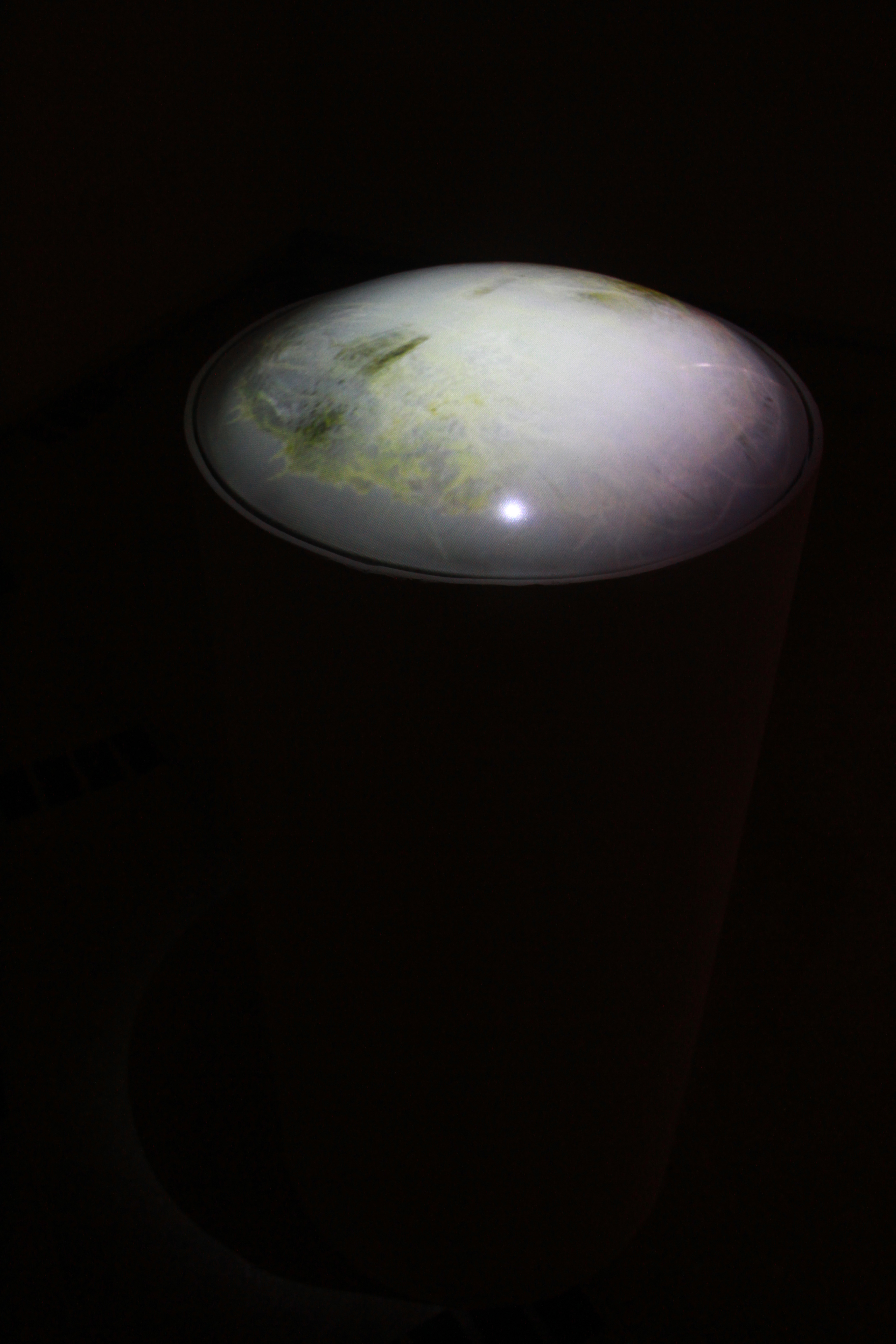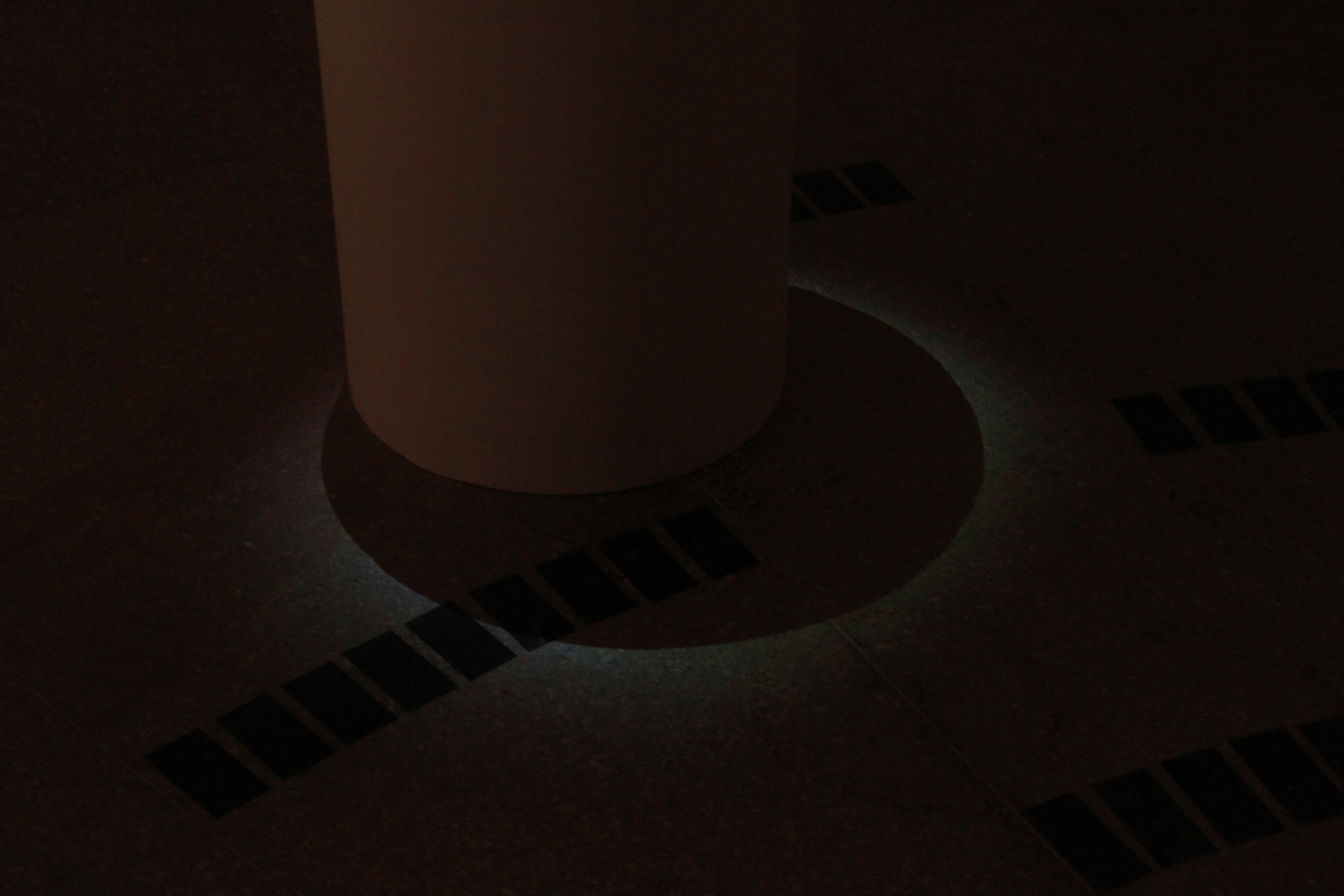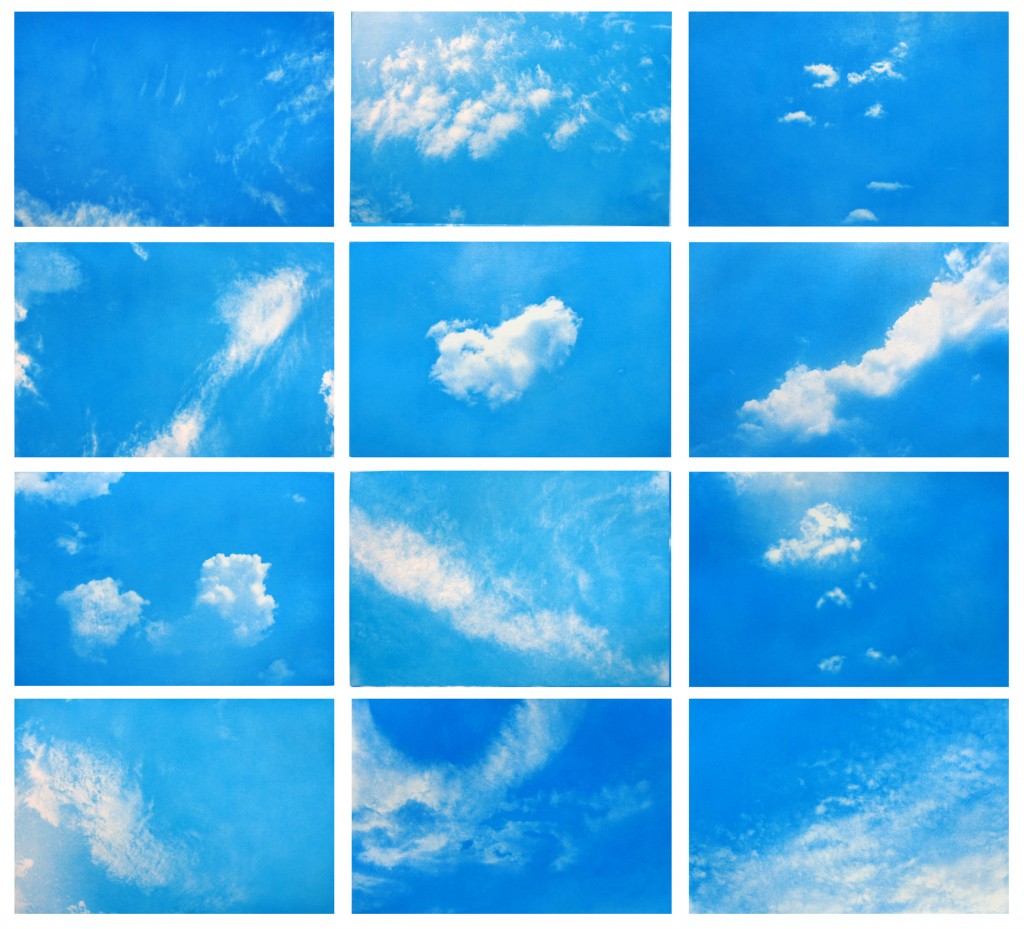
Four years ago I began to interview amateur astronomers in New Delhi, collecting stories, conversations and histories of people whose lives had been transformed by the night sky. I was interested in several things; what drew them to the night sky? what set them apart? how did it transform experience? The project has since developed into an exploration of ‘strange’ terrains where myth and fiction blur the boundaries of what is real and imagined.
As part of the process I have travelled to various astronomical observatories across India. Under the Below Another Sky Project I was also able to visit The Scottish Dark Sky Observatory which occupies a fantastic hilltop spot on the edge of the Galloway Forest Park near Dalmellington, under some of the darkest skies in the UK. Each of these sites has been extraordinary, but I have not yet been able to experience them in the ‘best’ conditions, i.e. under clear dark skies, because each time I undertake such an expedition, the clouds quite literally, seem to follow me.
I began thinking about anticipation and expectation, prophecy and prediction, the waiting, that is so central to amateur astronomy. How ‘clear skies’ is the benediction every amateur gives the other and clouds become the unfortunate and unnecessary evil, to be avoided at all costs.
Yet clouds began to fascinate me as much as the night sky and I am not alone. The international Cloud Appreciation Society, whose members painstakingly select locales to enjoy cloud-spotting, are committed to ‘fighting the banality of ‘blue-sky thinking’. Through the footage and images I have collected since this project began, the constant is the cloud. In all its possible glorious variations and formations, from the iridescent Nacreous or mother of pearl, the rippling Cirrocumulus stratiformis and undulatus to the tufted Altocumulus floccus.
always take the weather with you is a meditation on this polarity of clouds. Clouds that were photographed over astronomical observatories.
Collaborating closely with the Glasgow Print Studio’s Etching Master, Ian MacNicol, apprentice Alastair Gow, and Murray Robertson in the digital suite, this set of 12 photo-etchings though compositionally quite simple proved to be technically complex. An exhaustive series of tests and experiments were done to arrive at the right dot, dpi, exposure and etch timings so the subtleties of the clouds could be retained. Each of the 12 images after being digitally corrected for contrast etc were printed onto acetate and then exposed onto prepared steel plates coated with a light sensitive emulsion. Once developed, they were coated with aquatint and etched. Each plate was then printed individually by hand.
